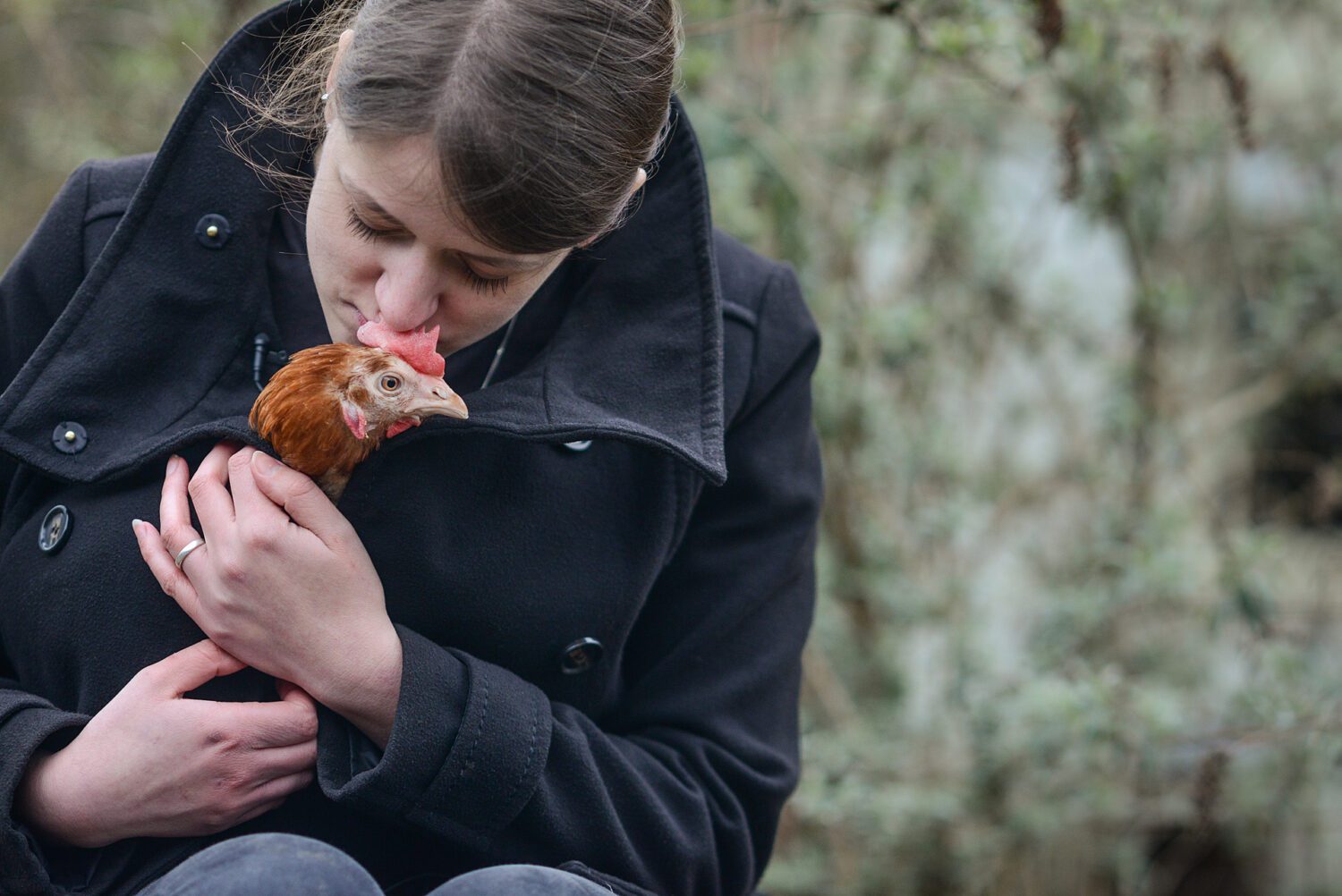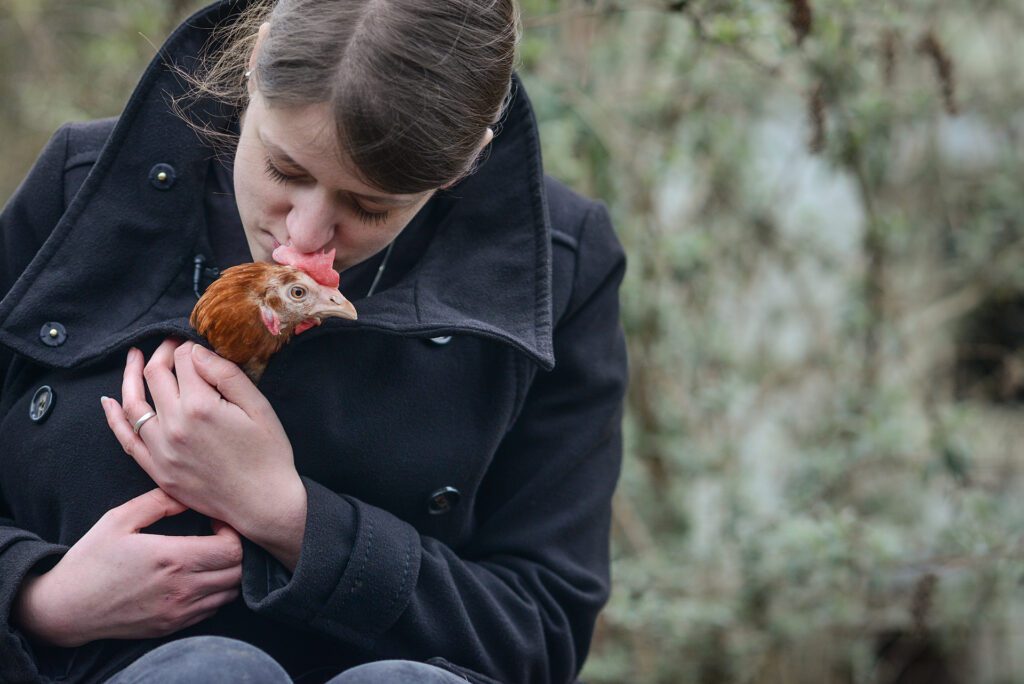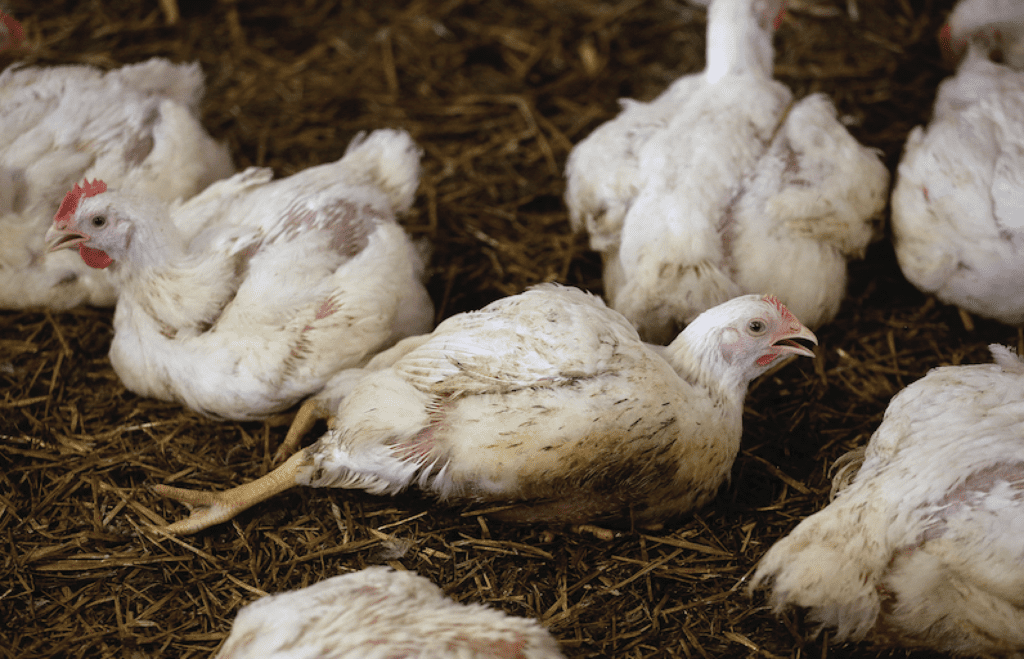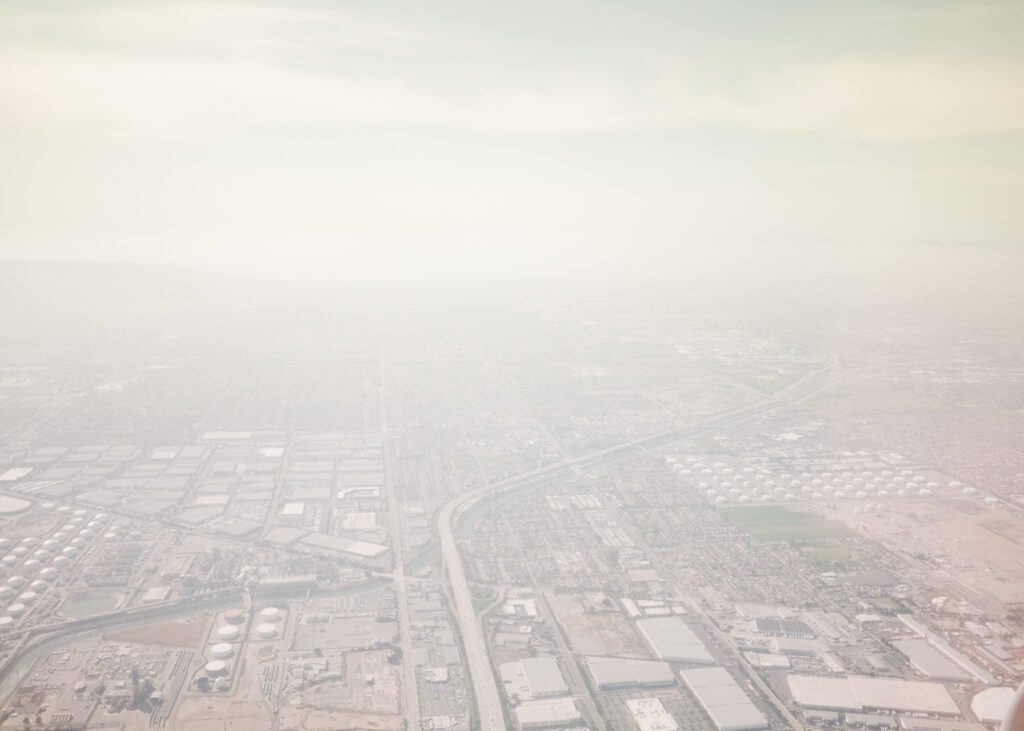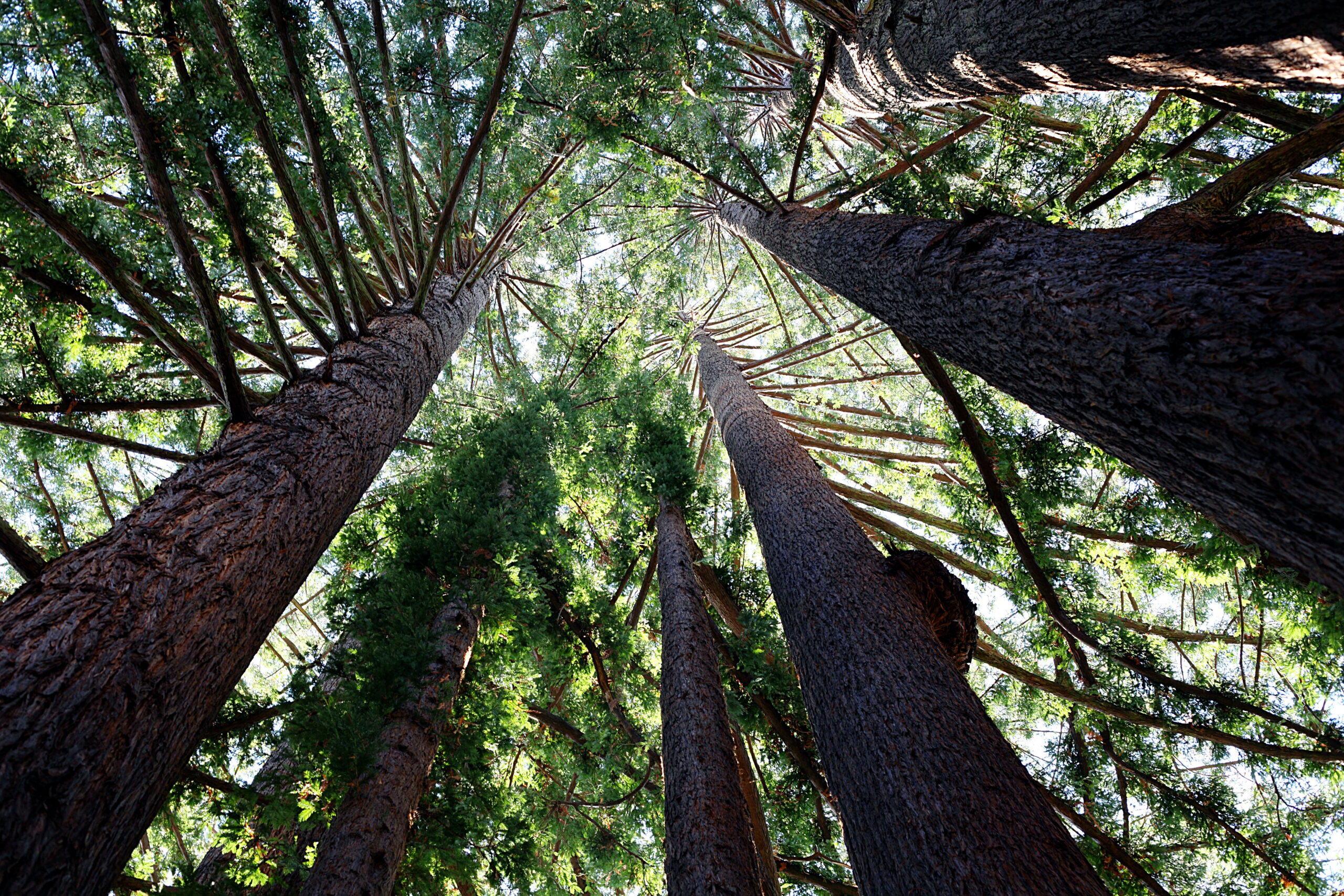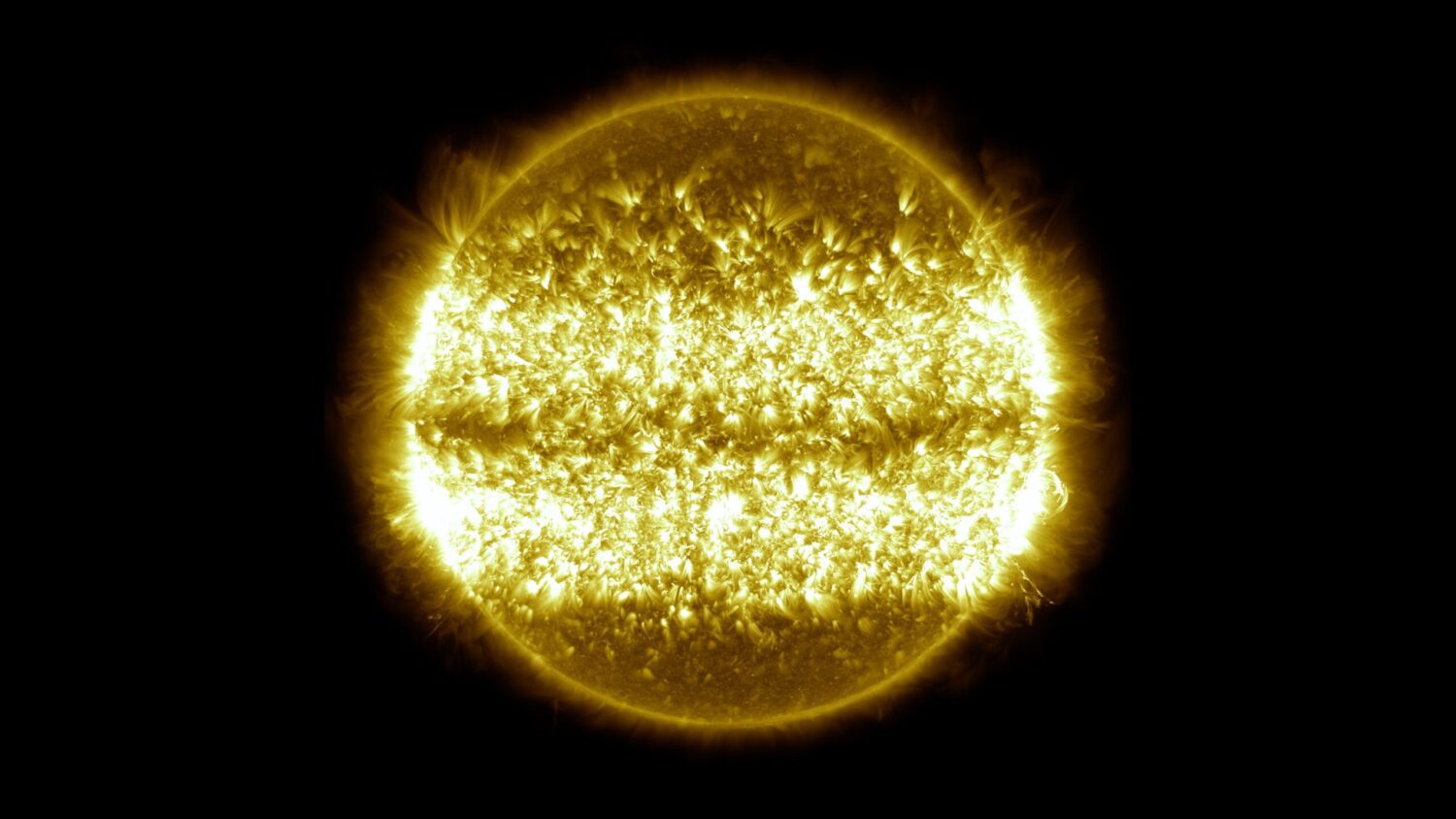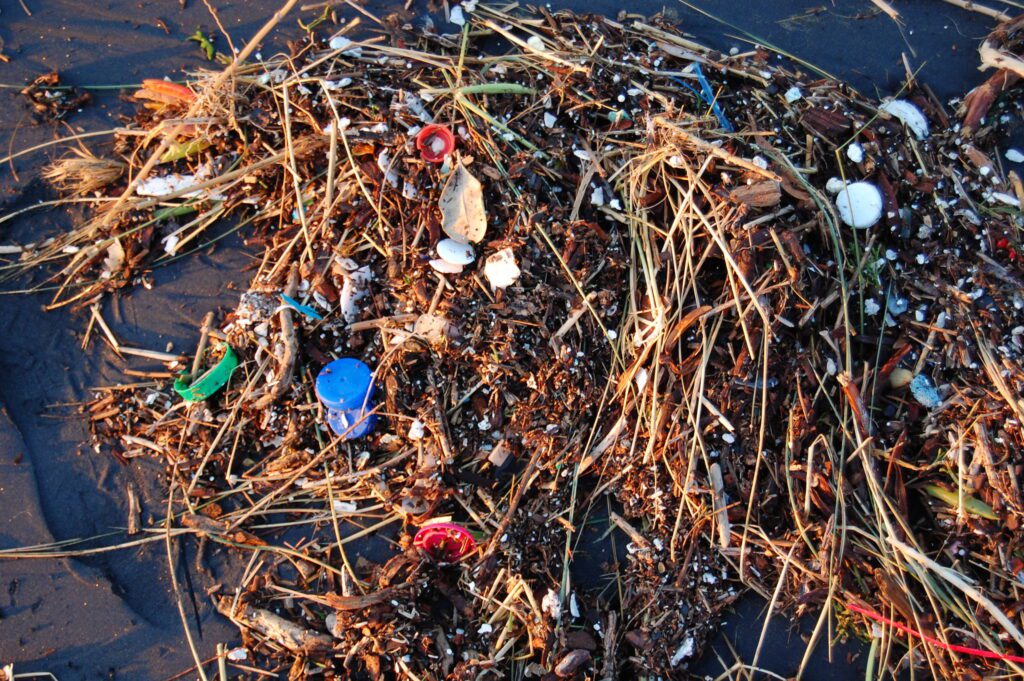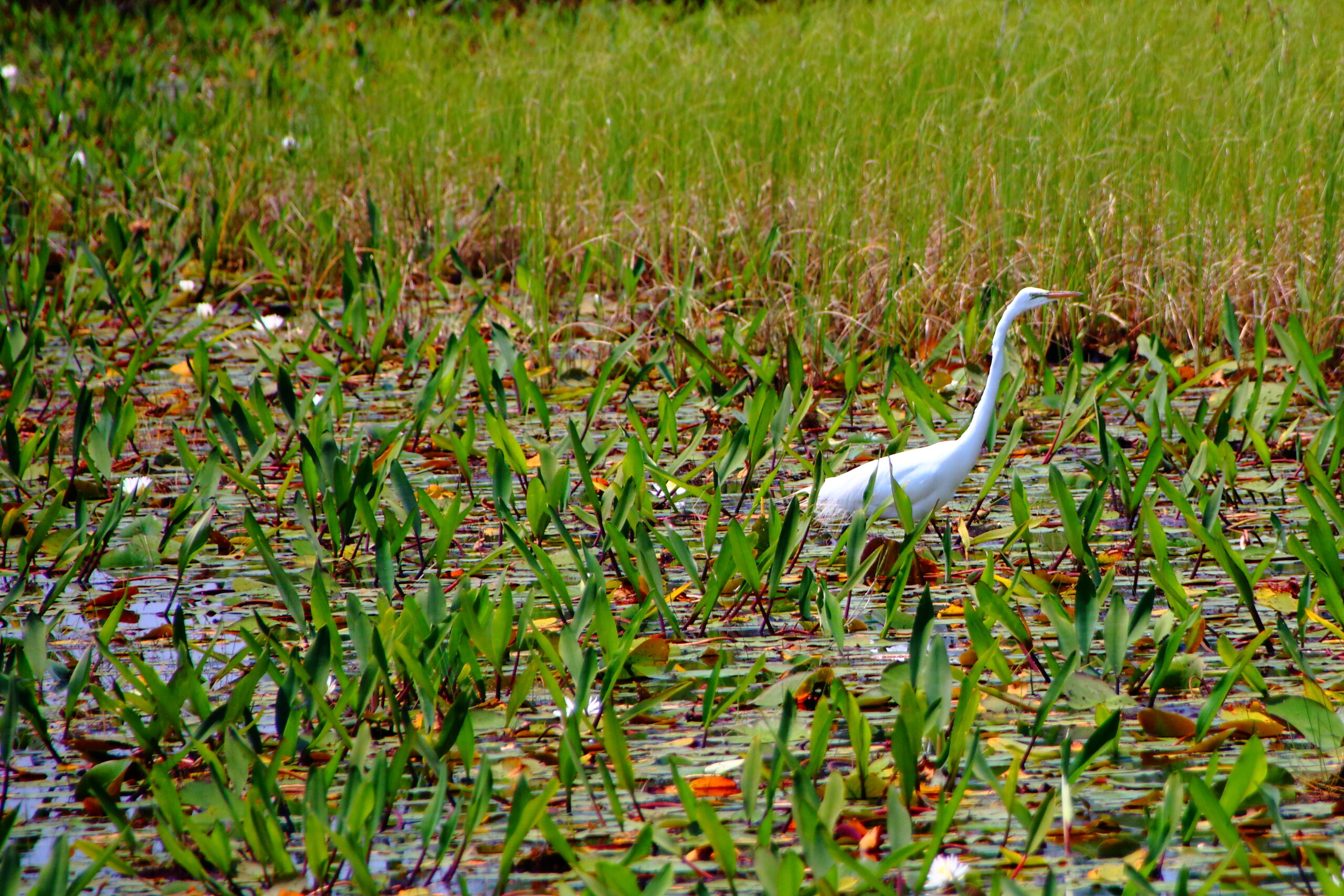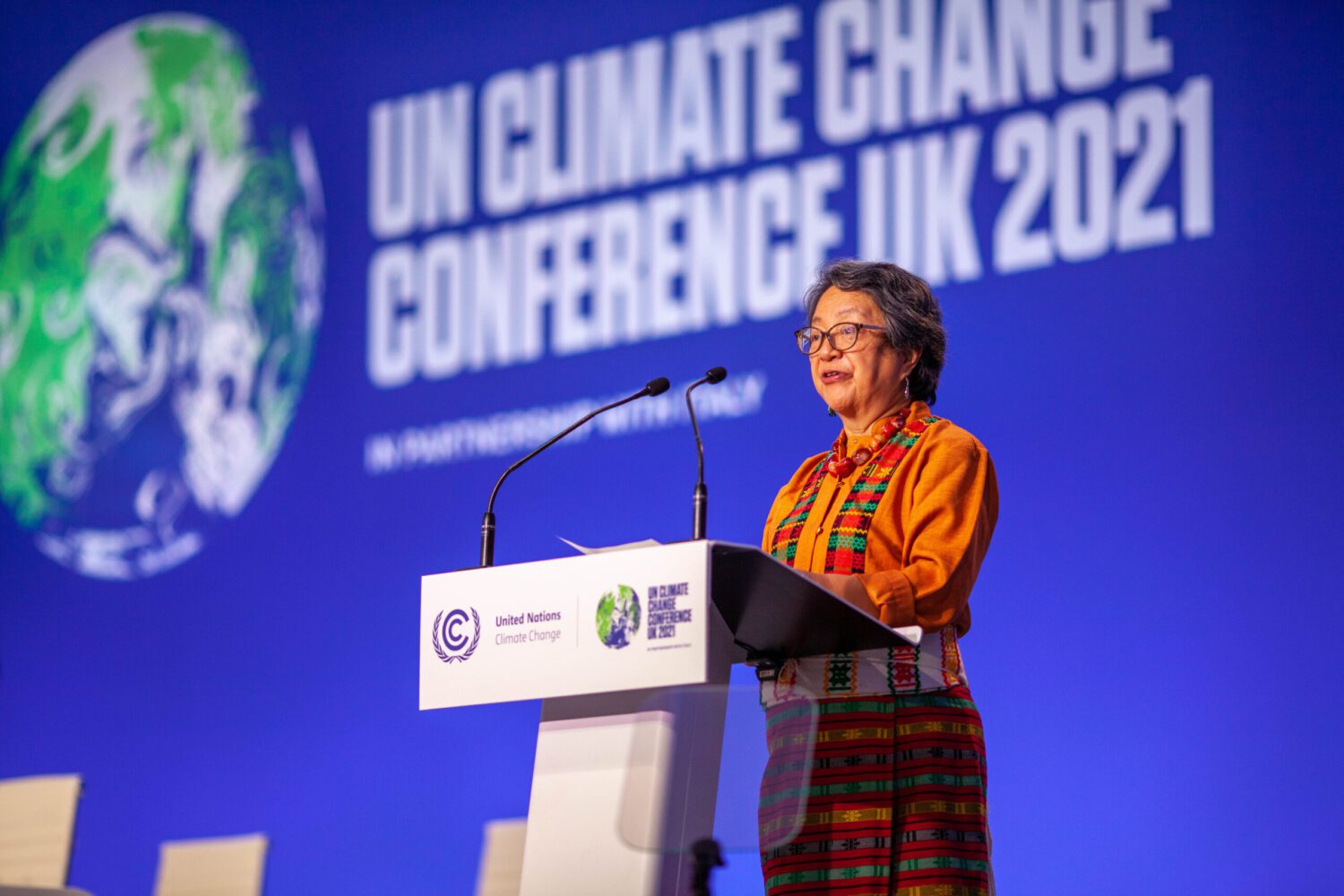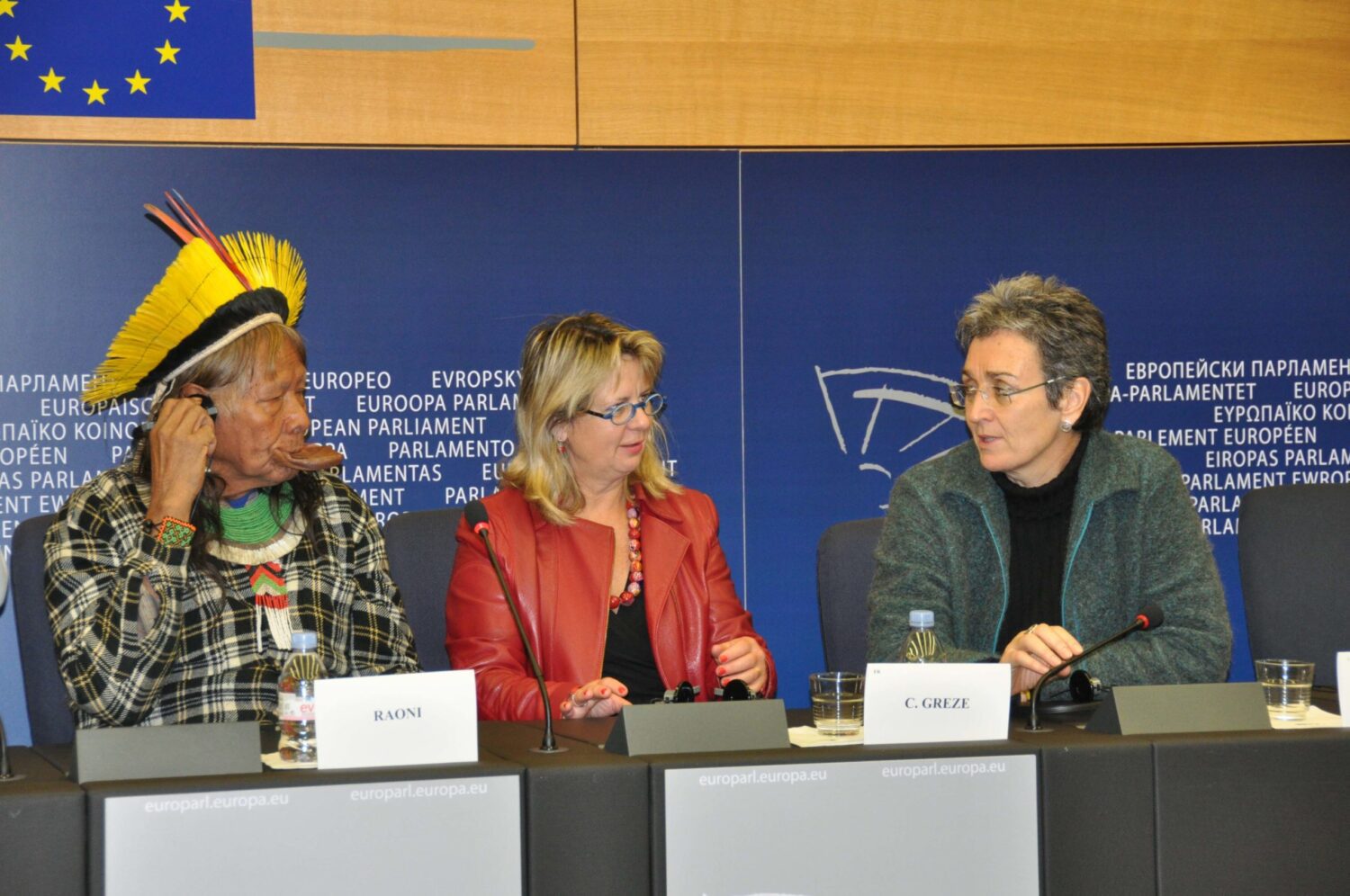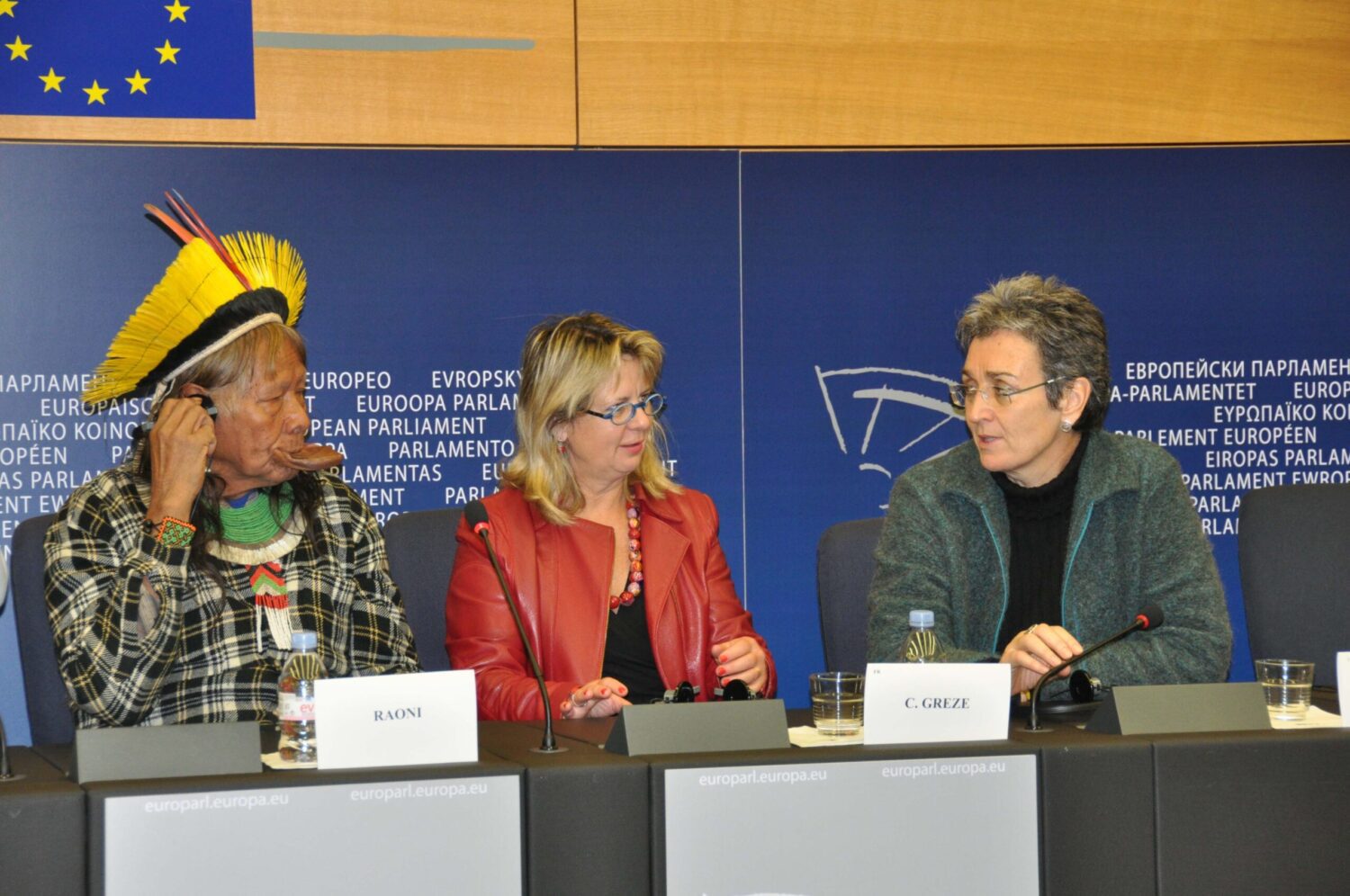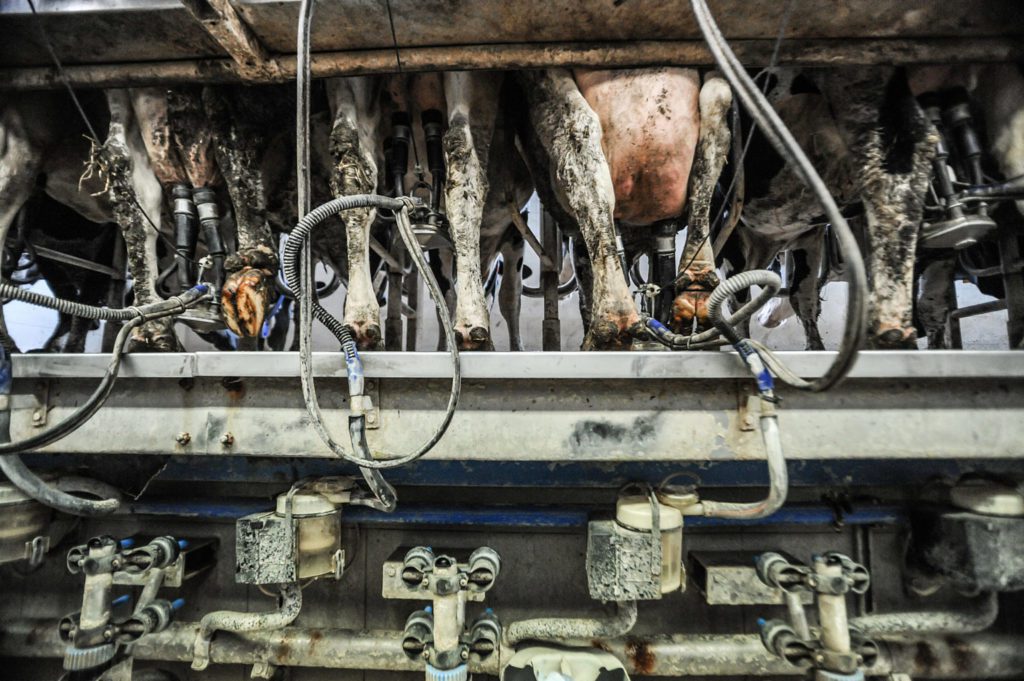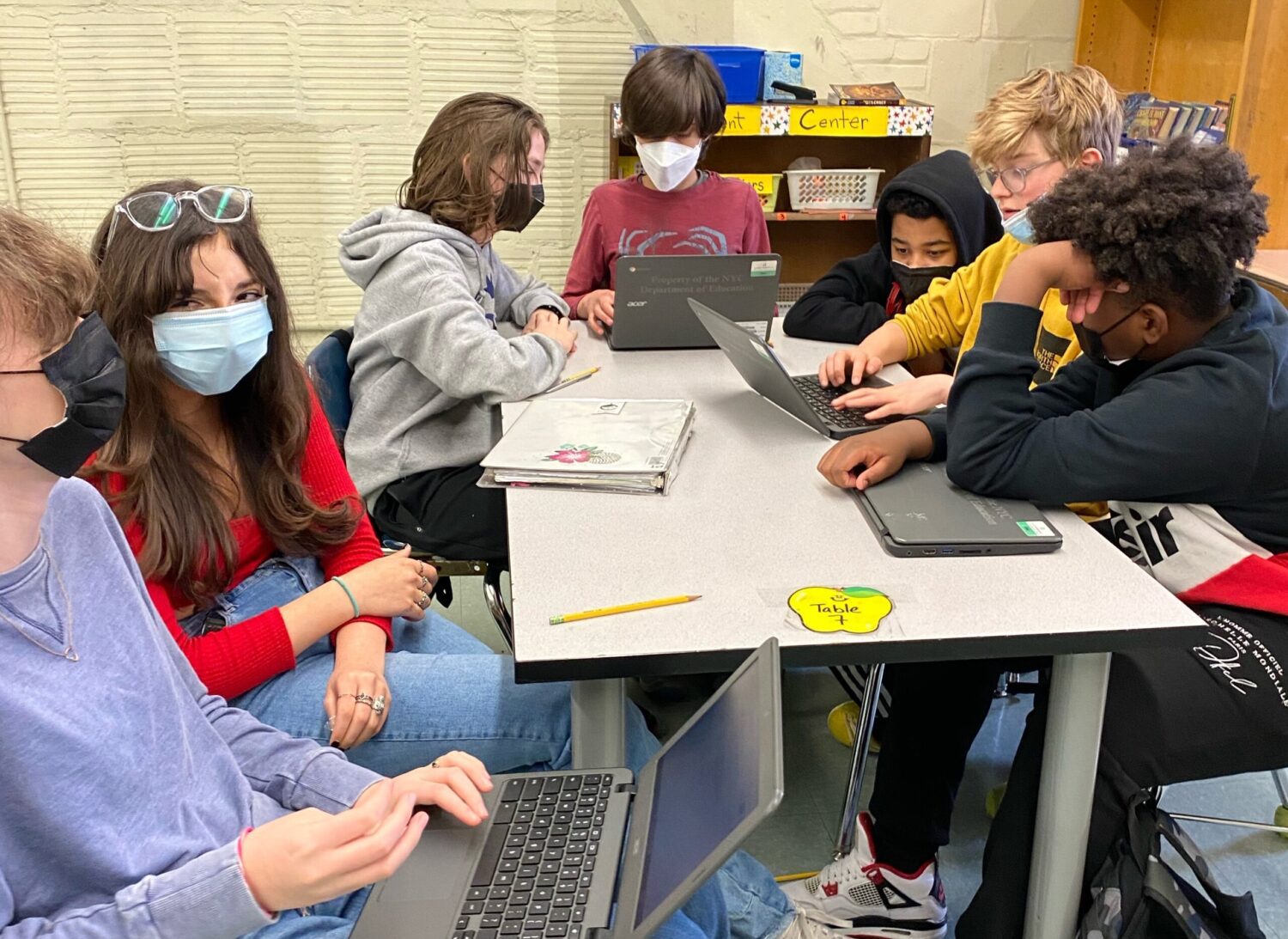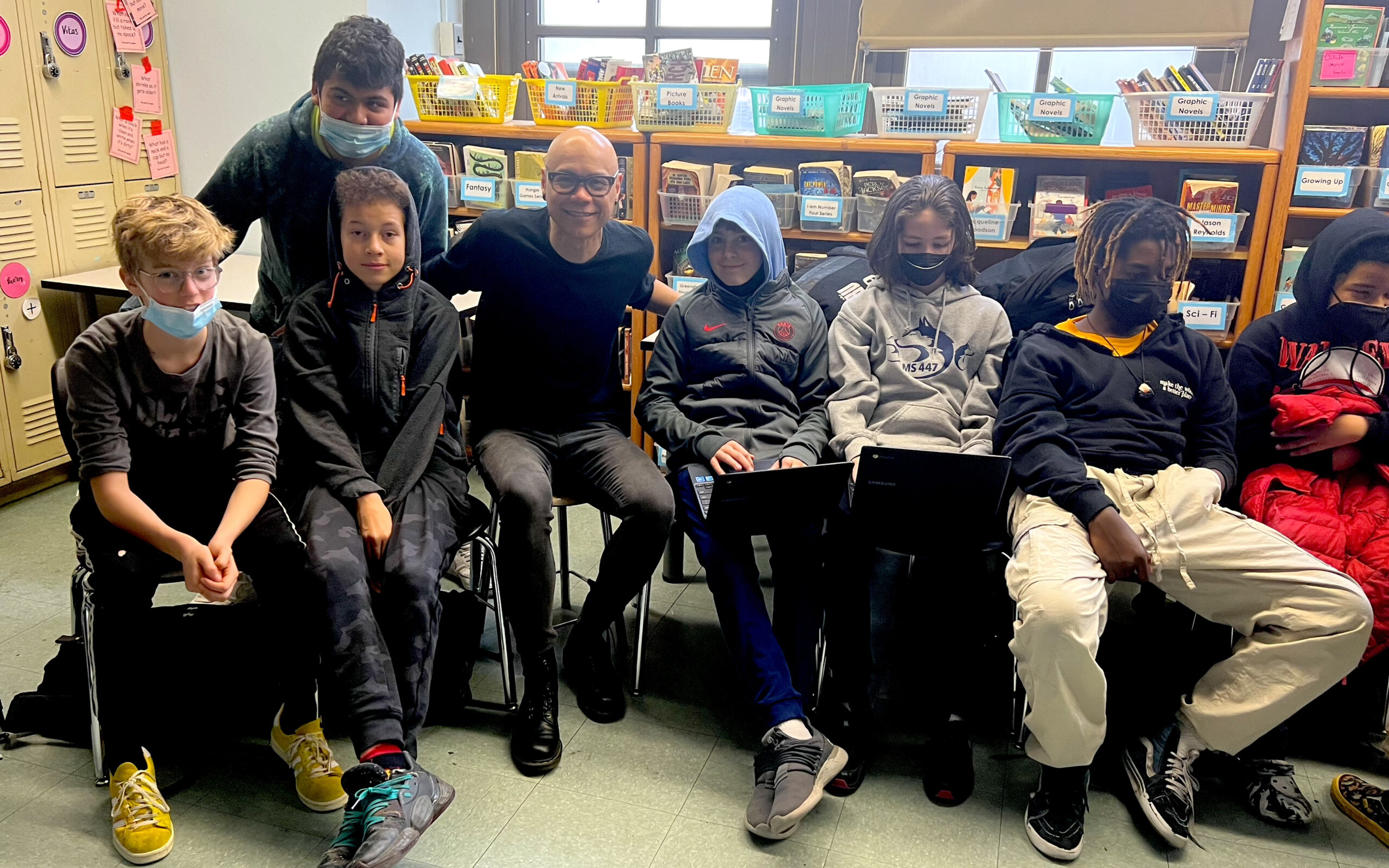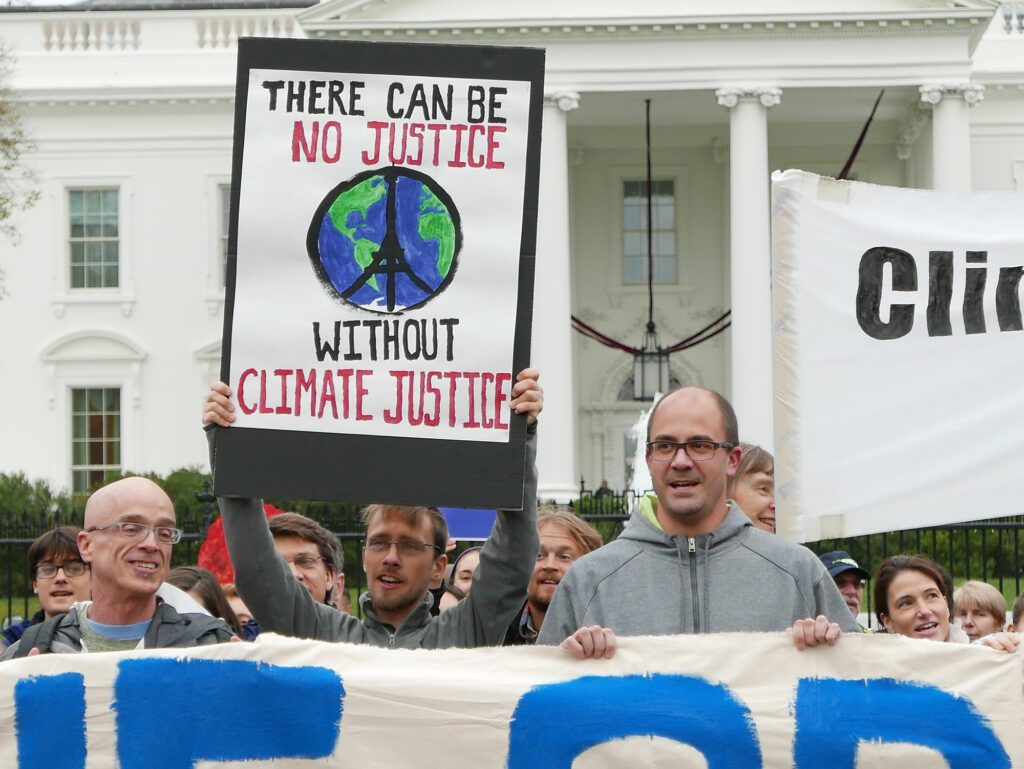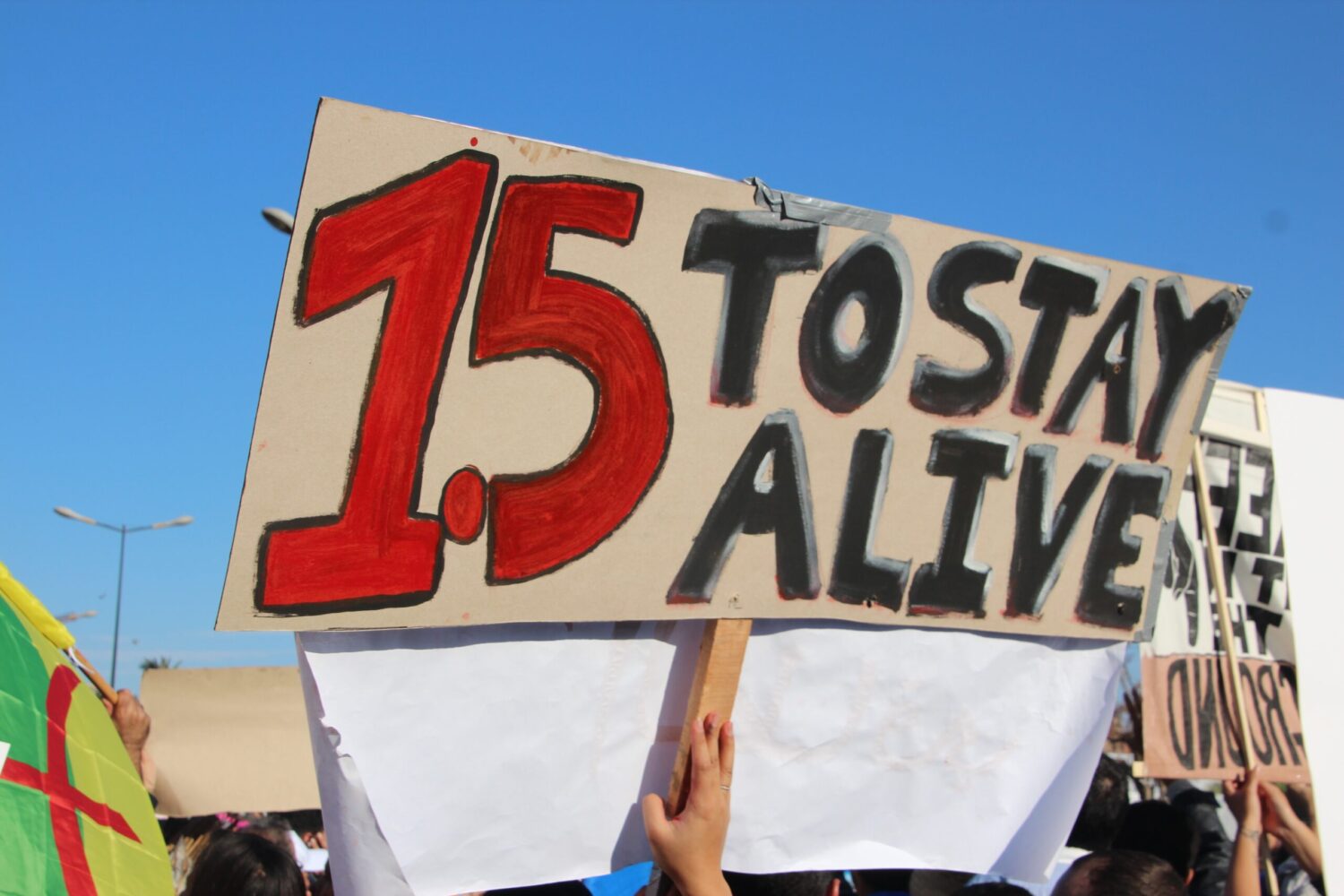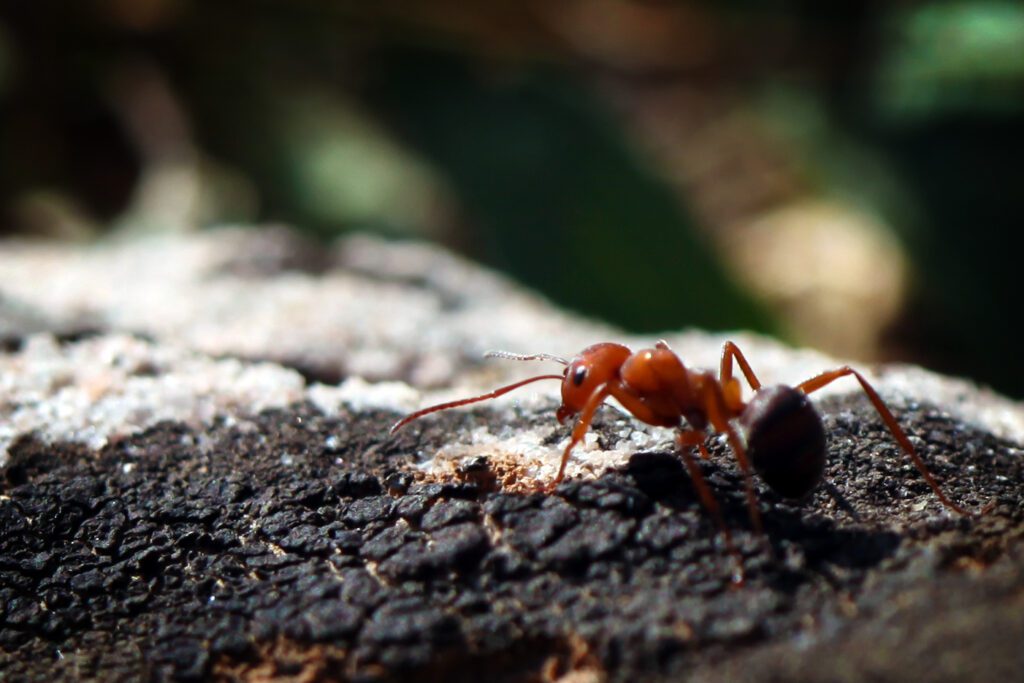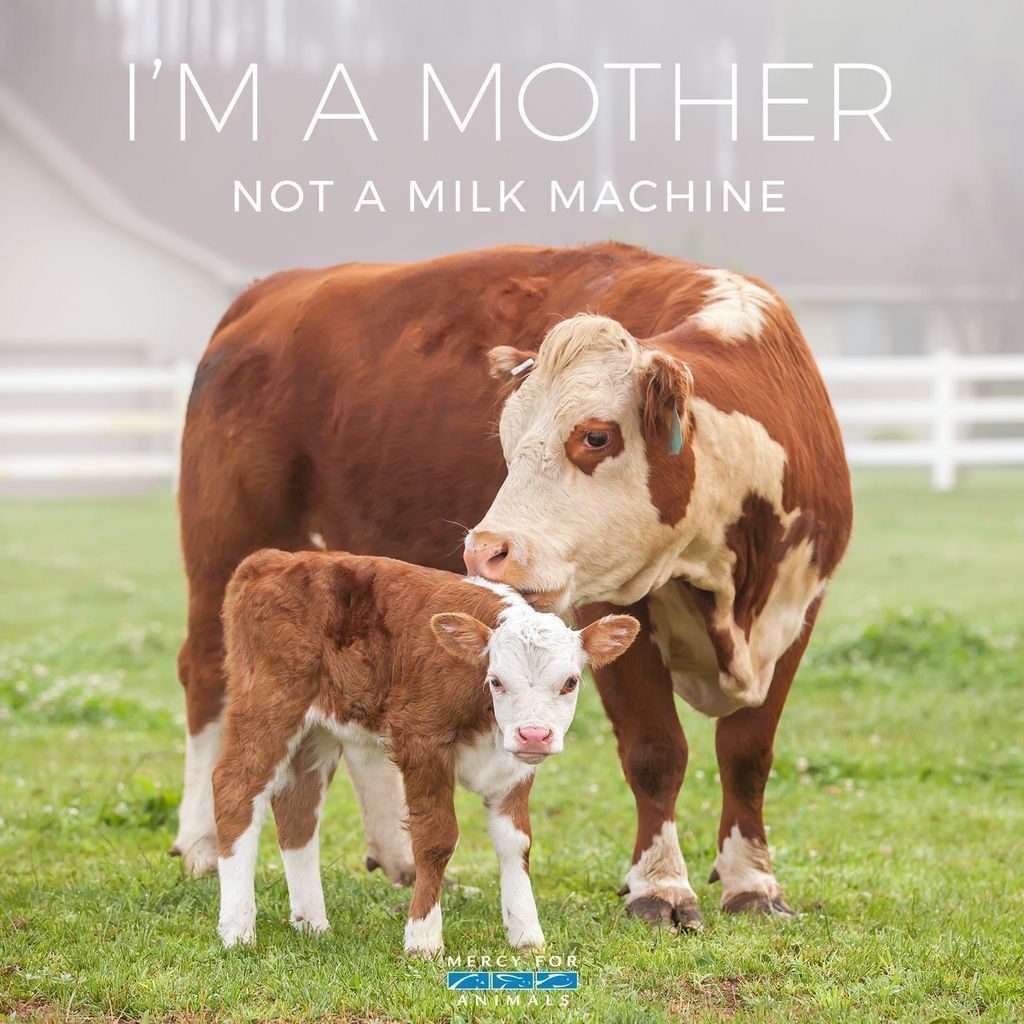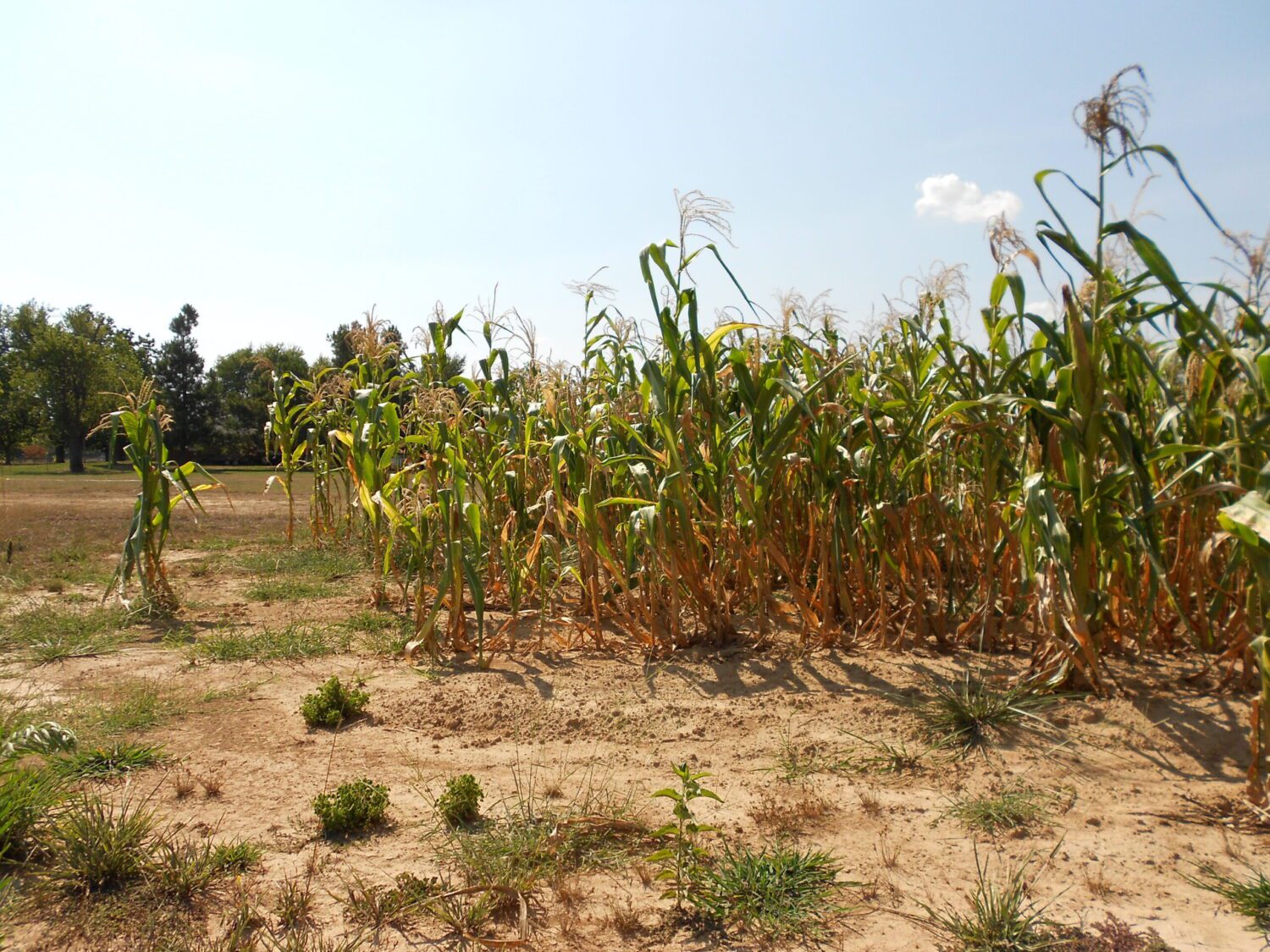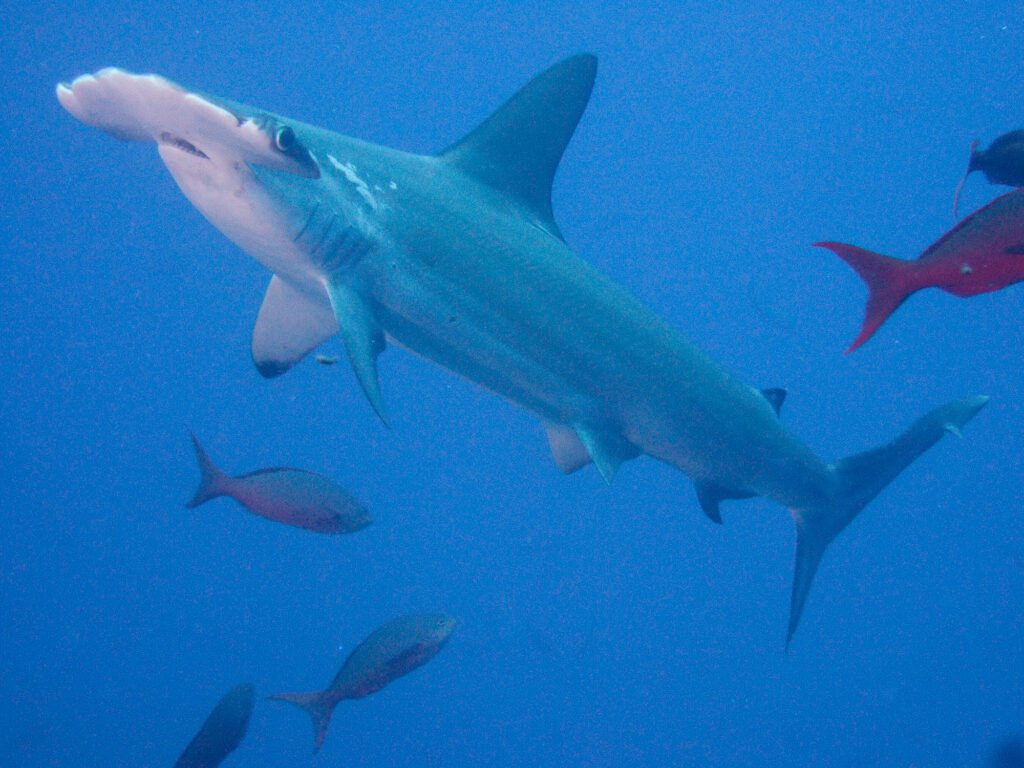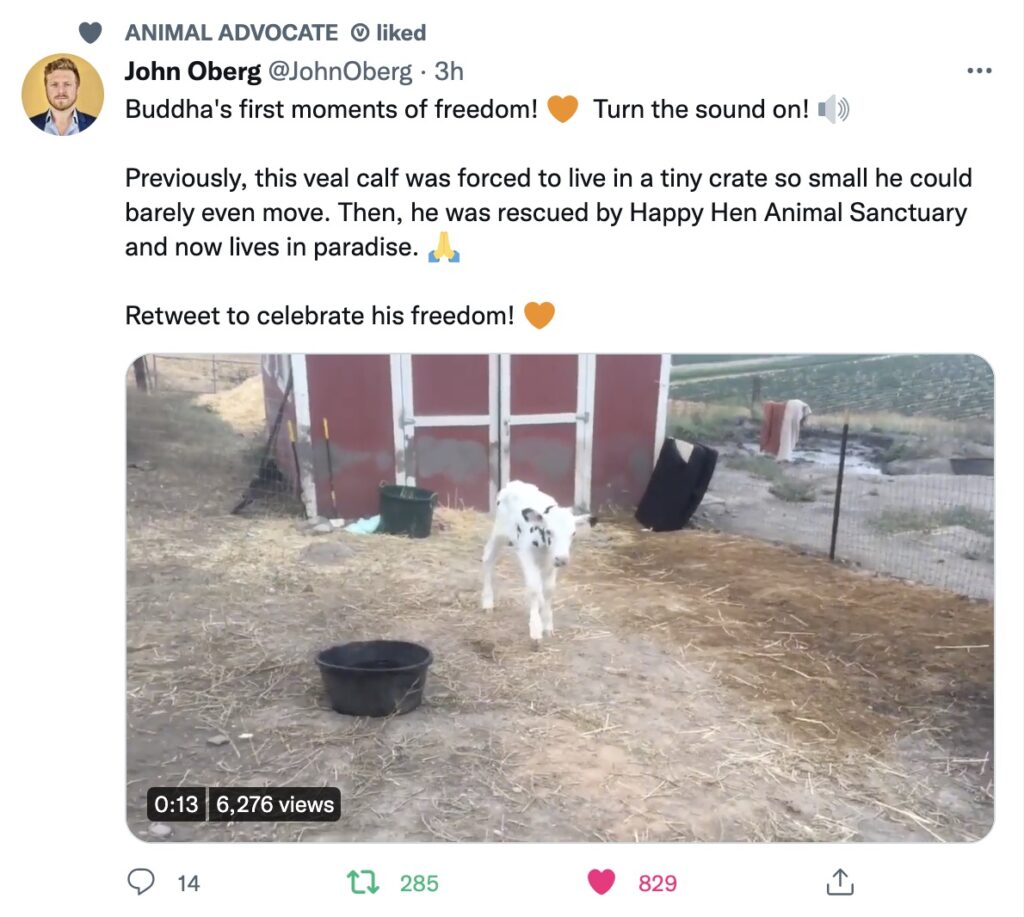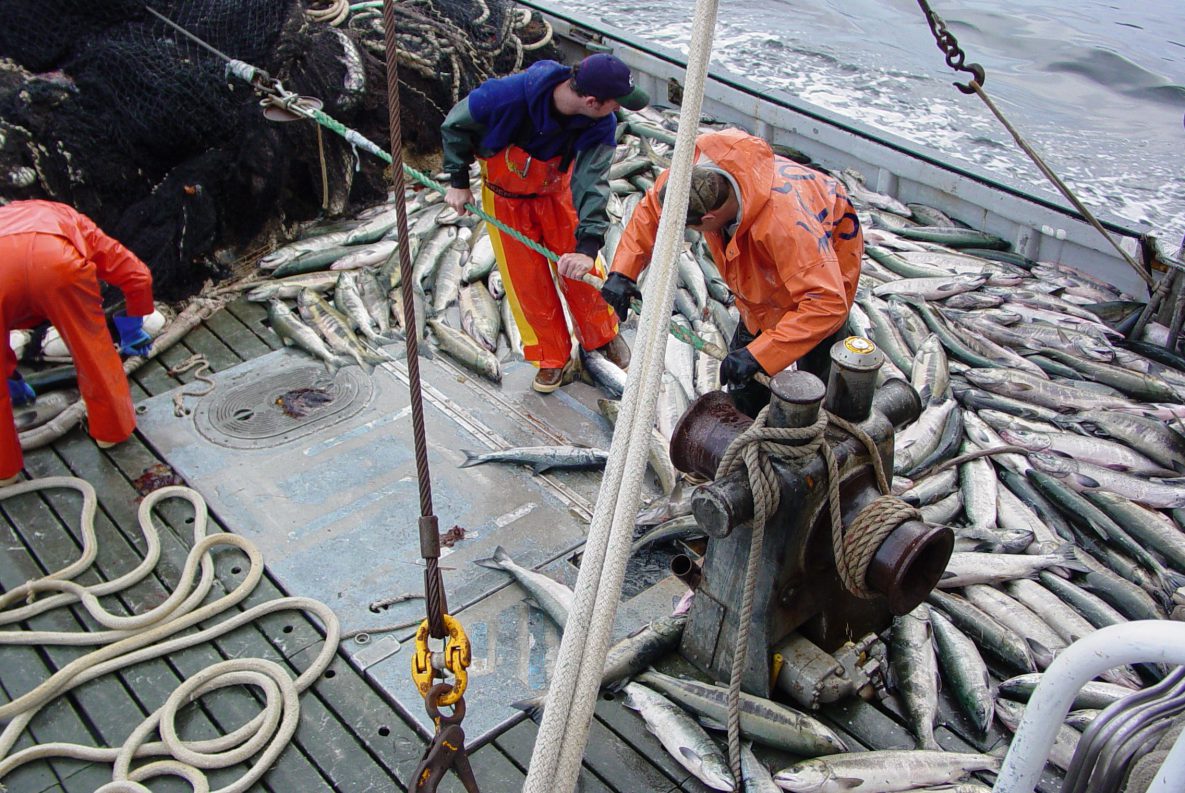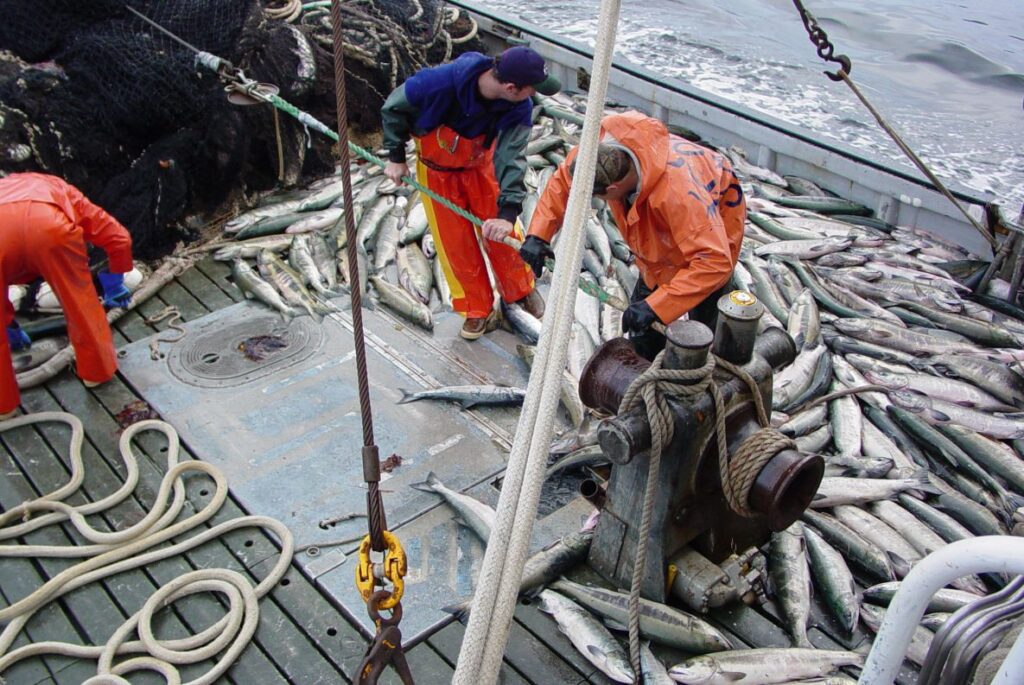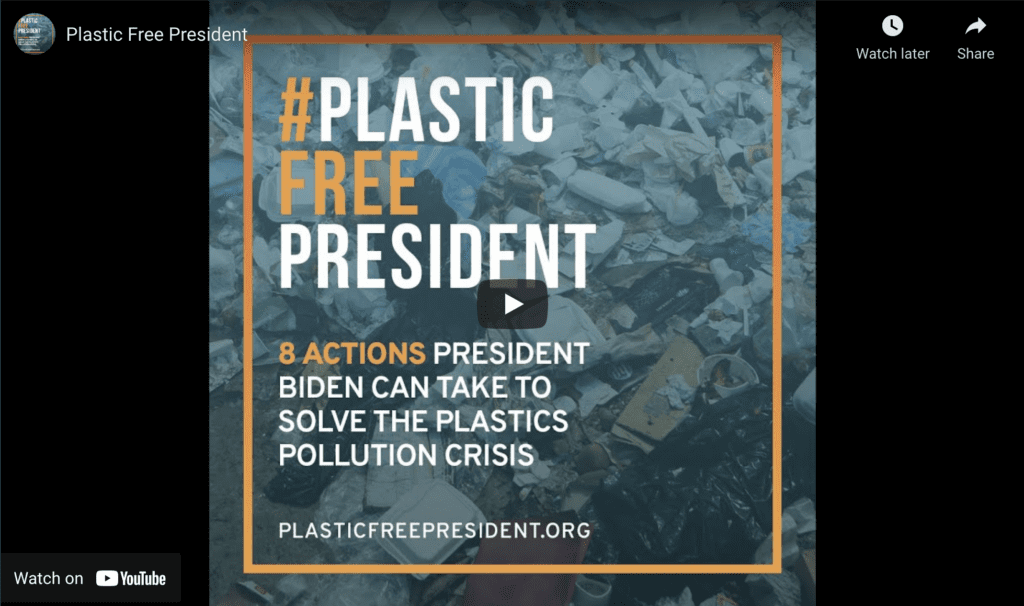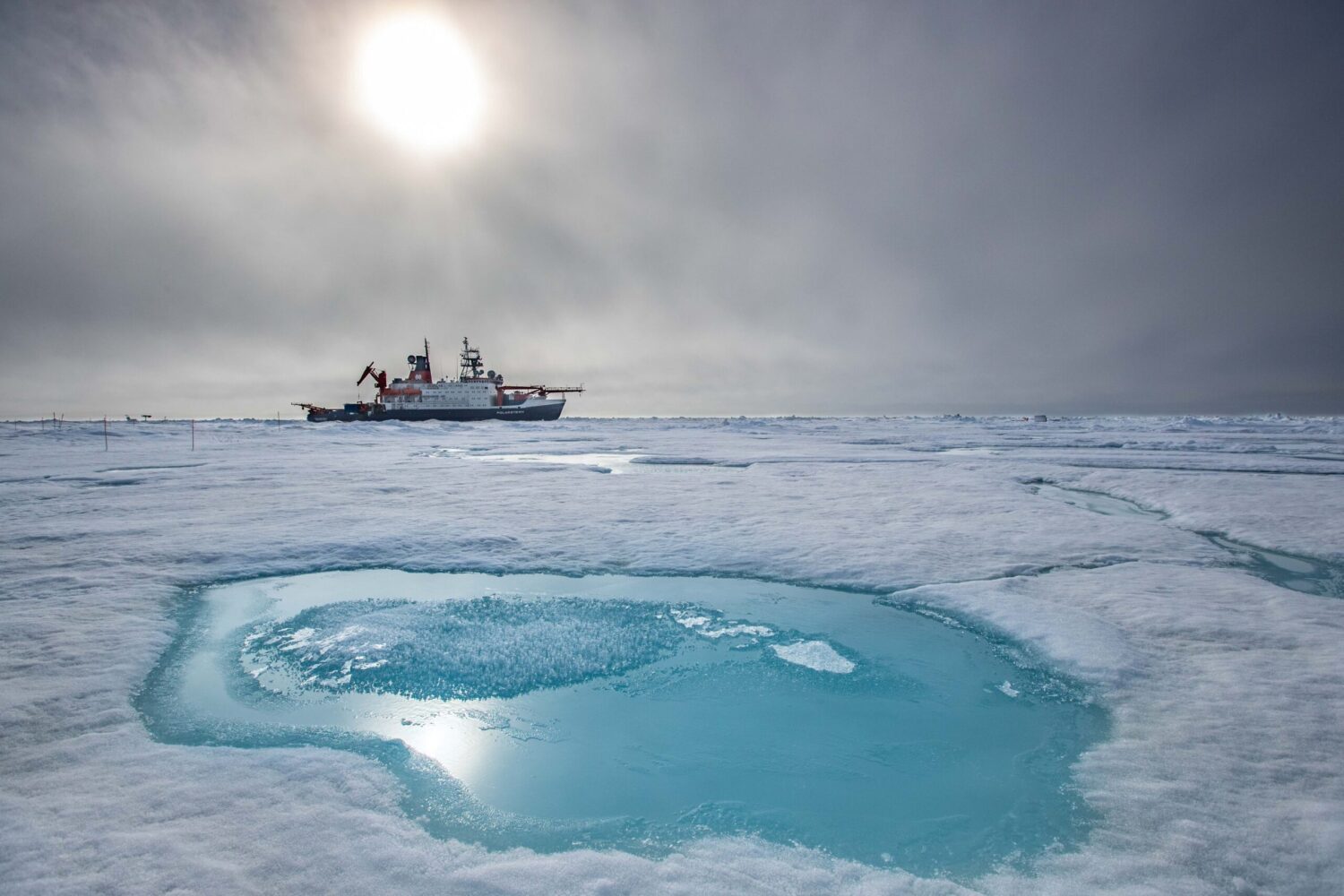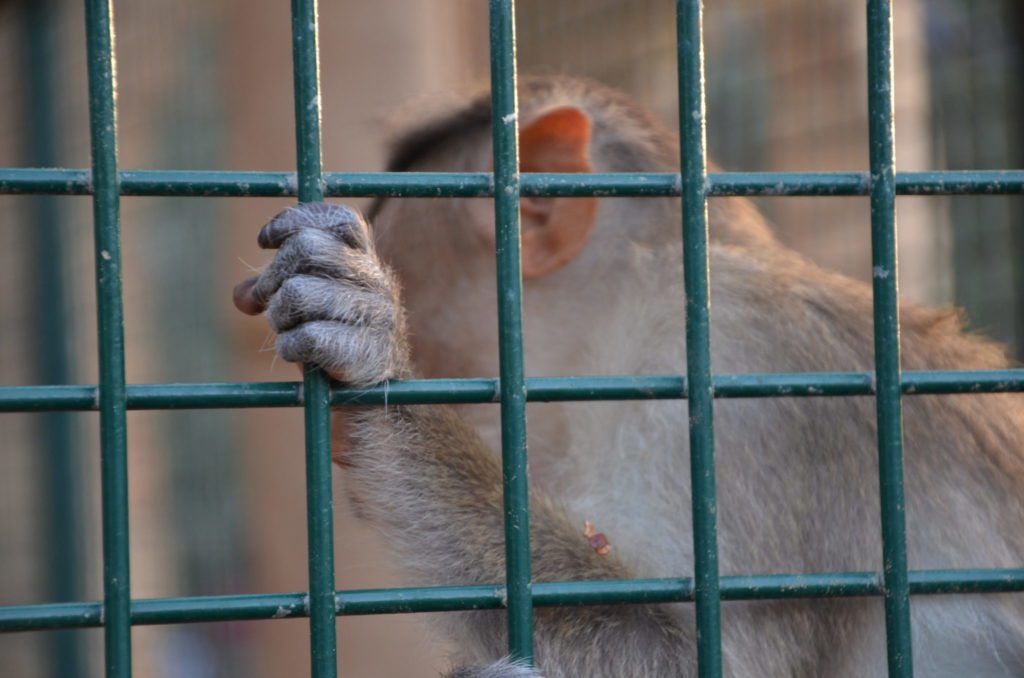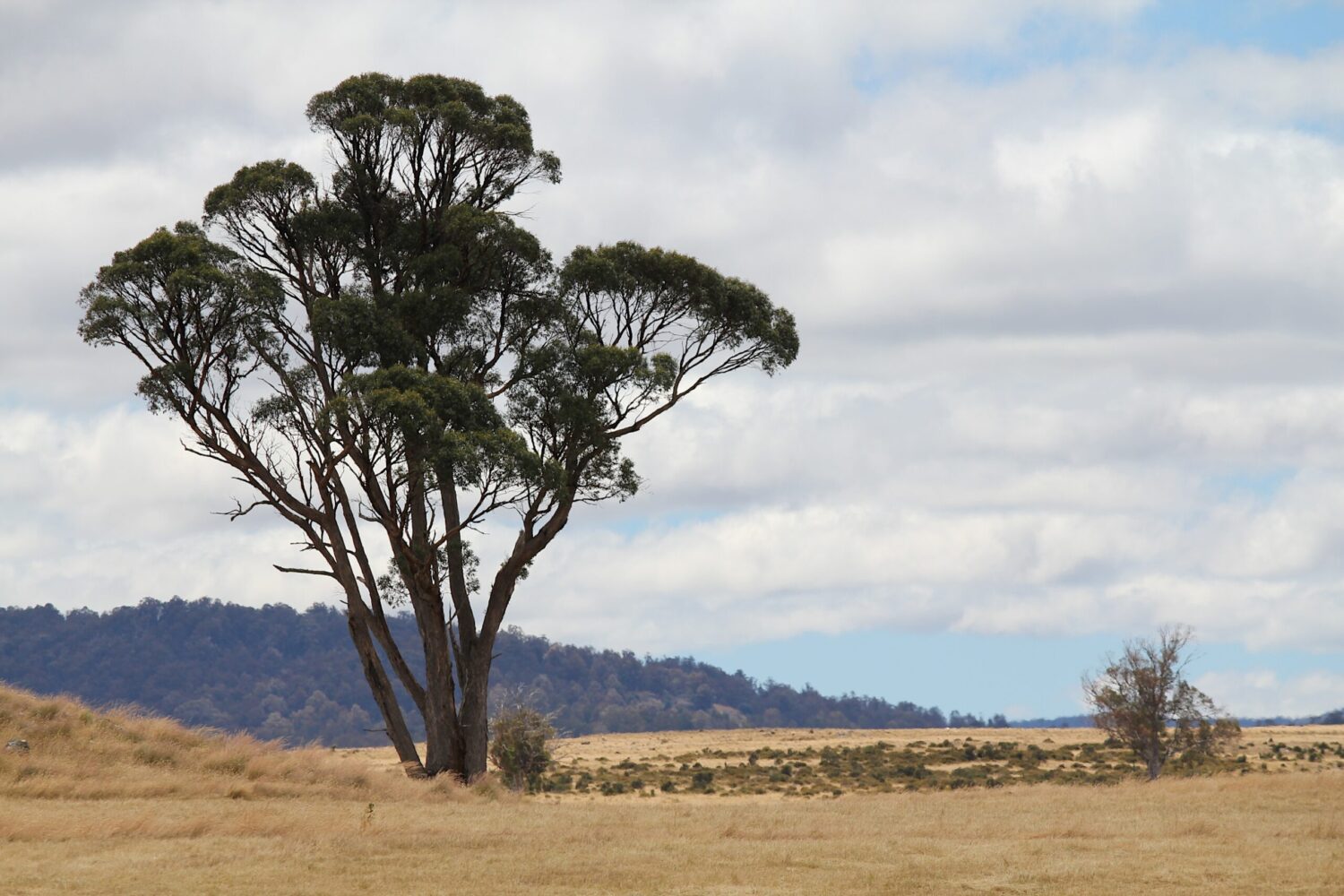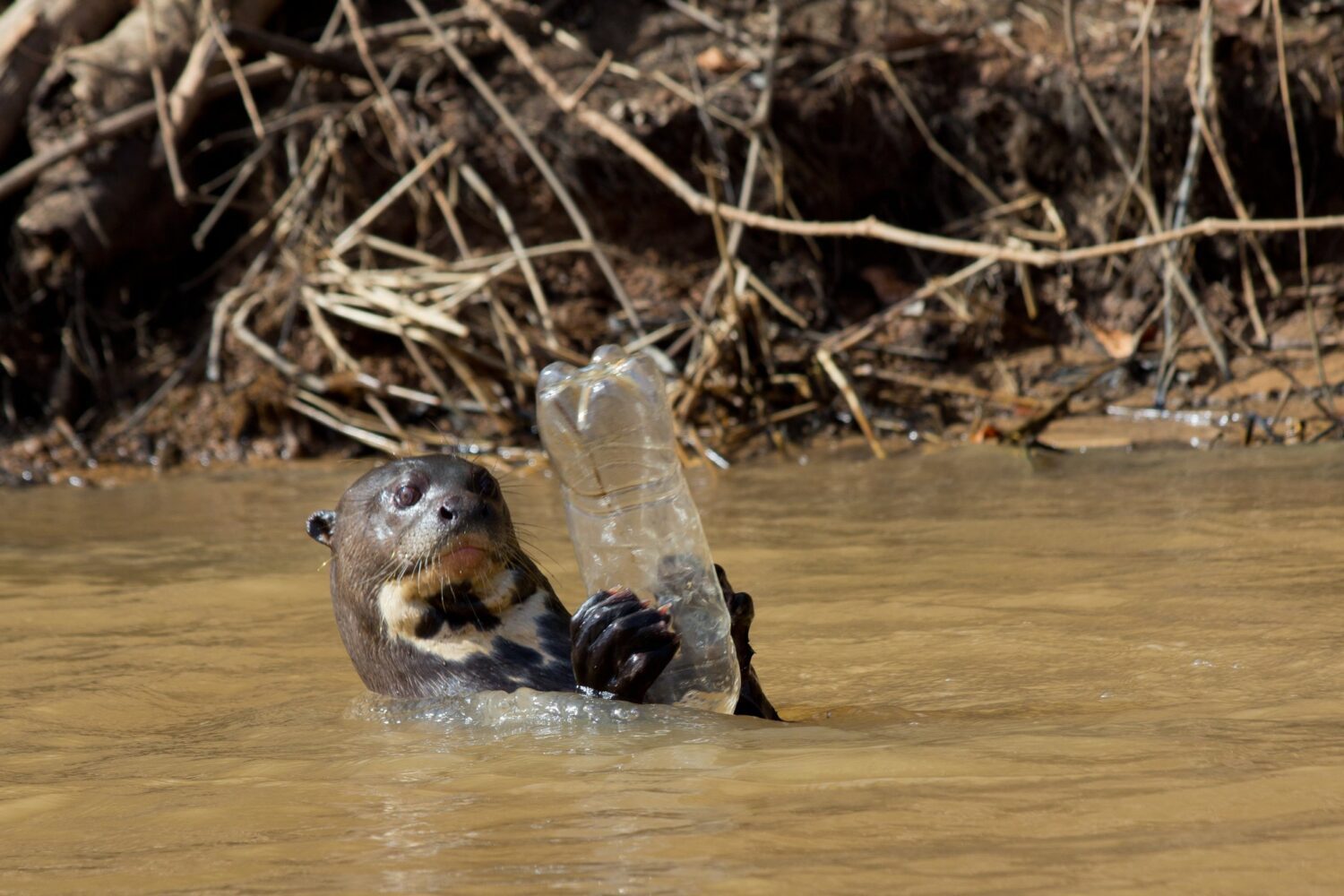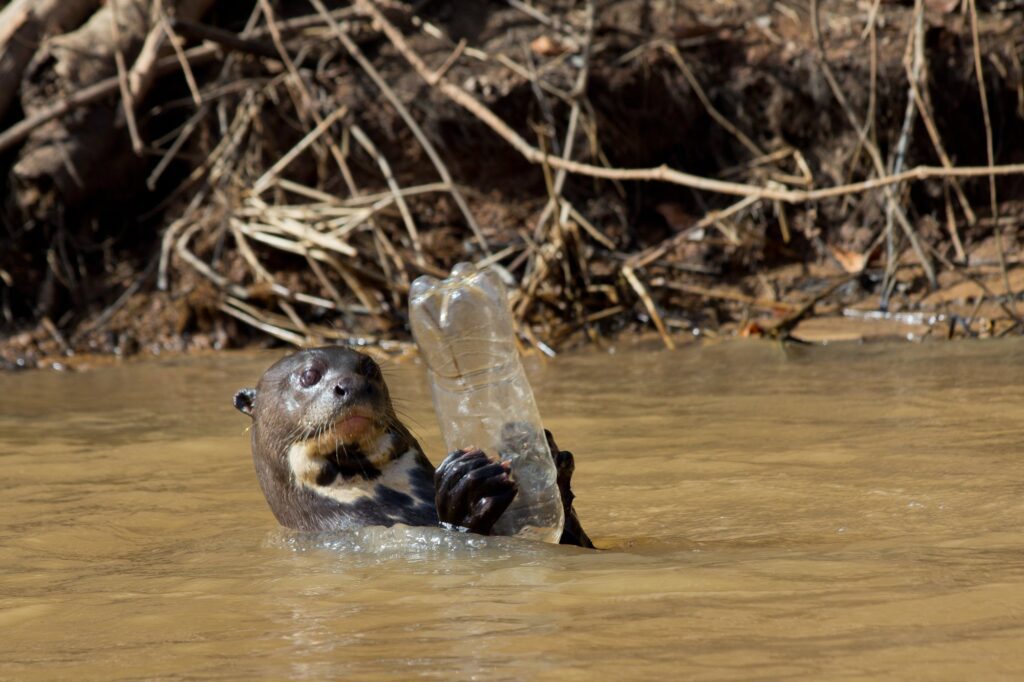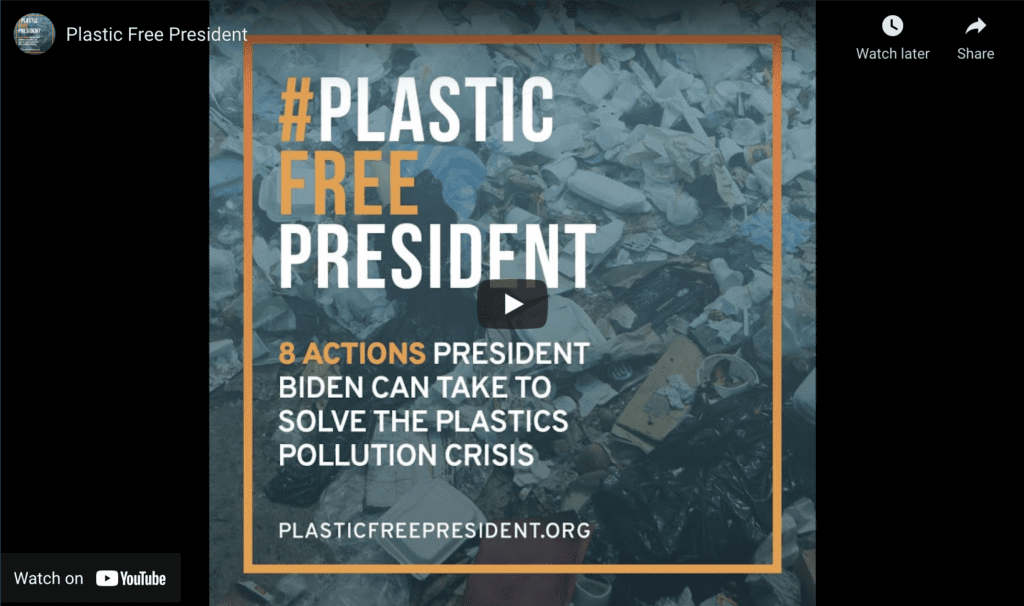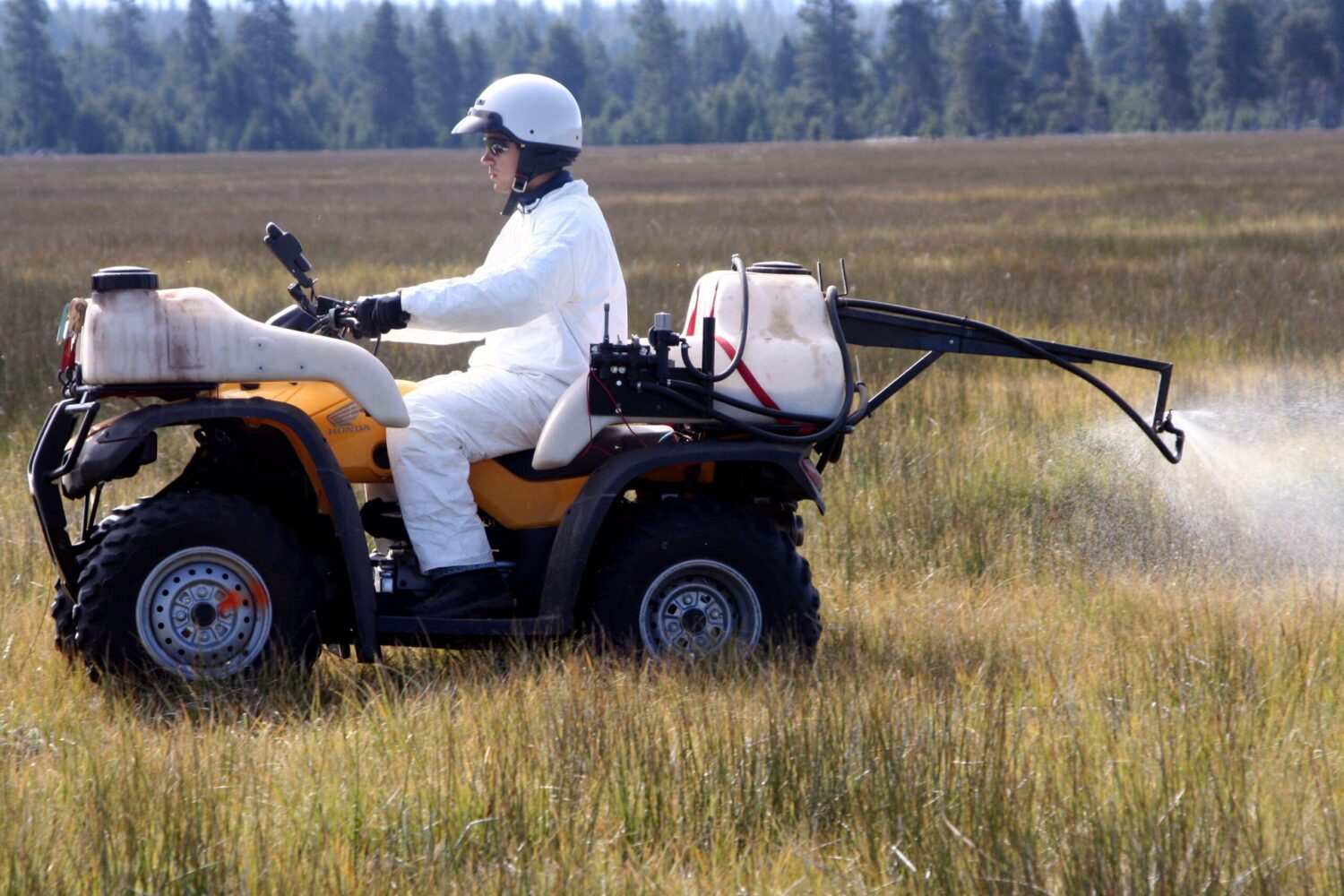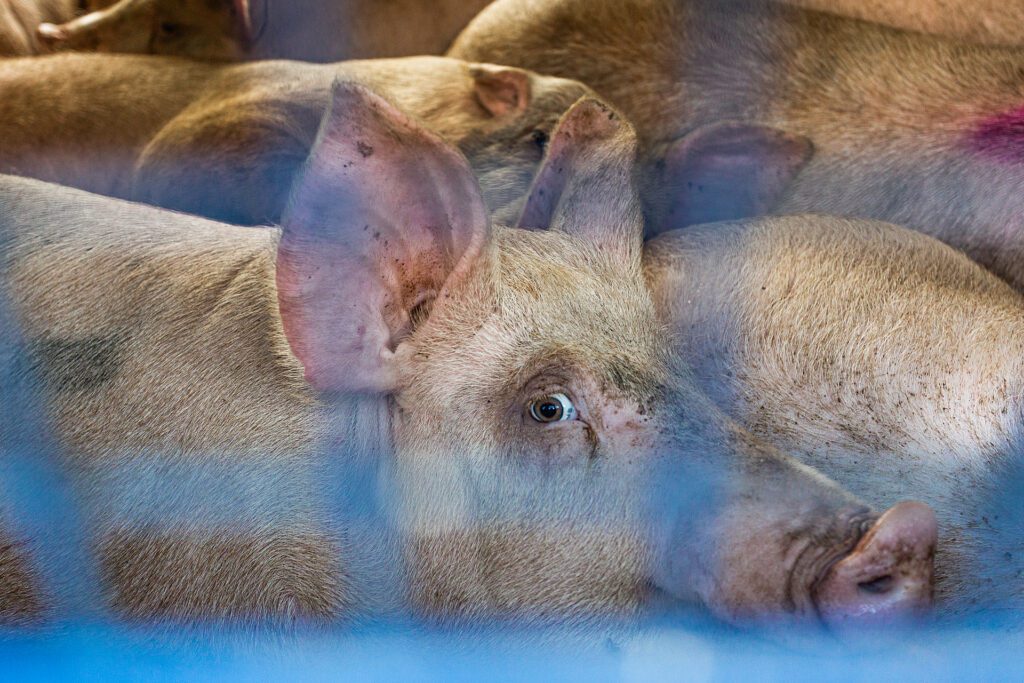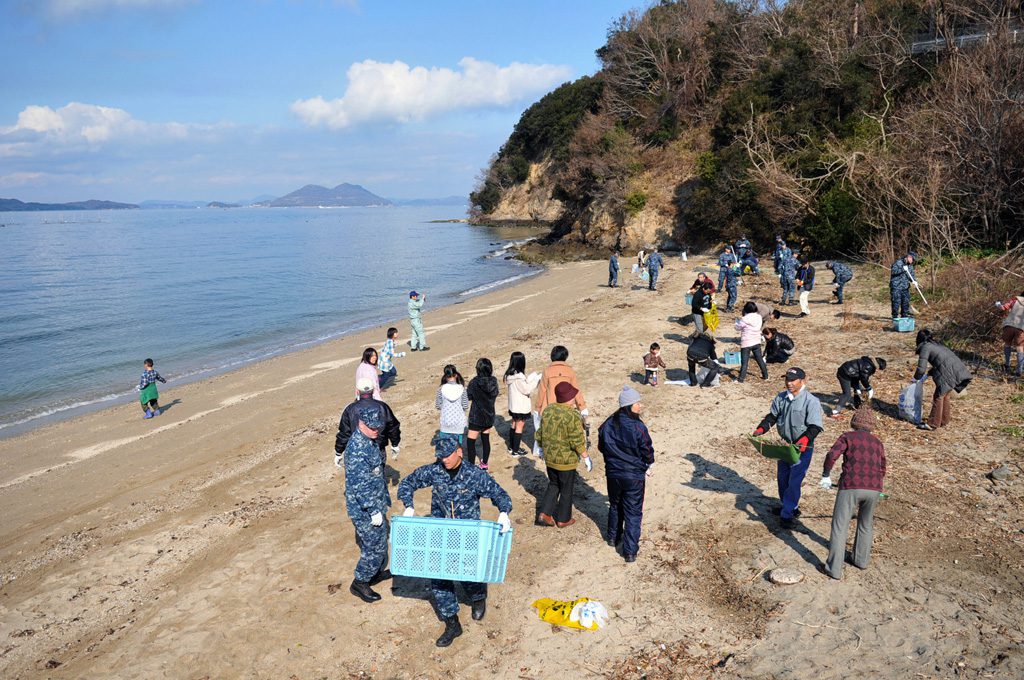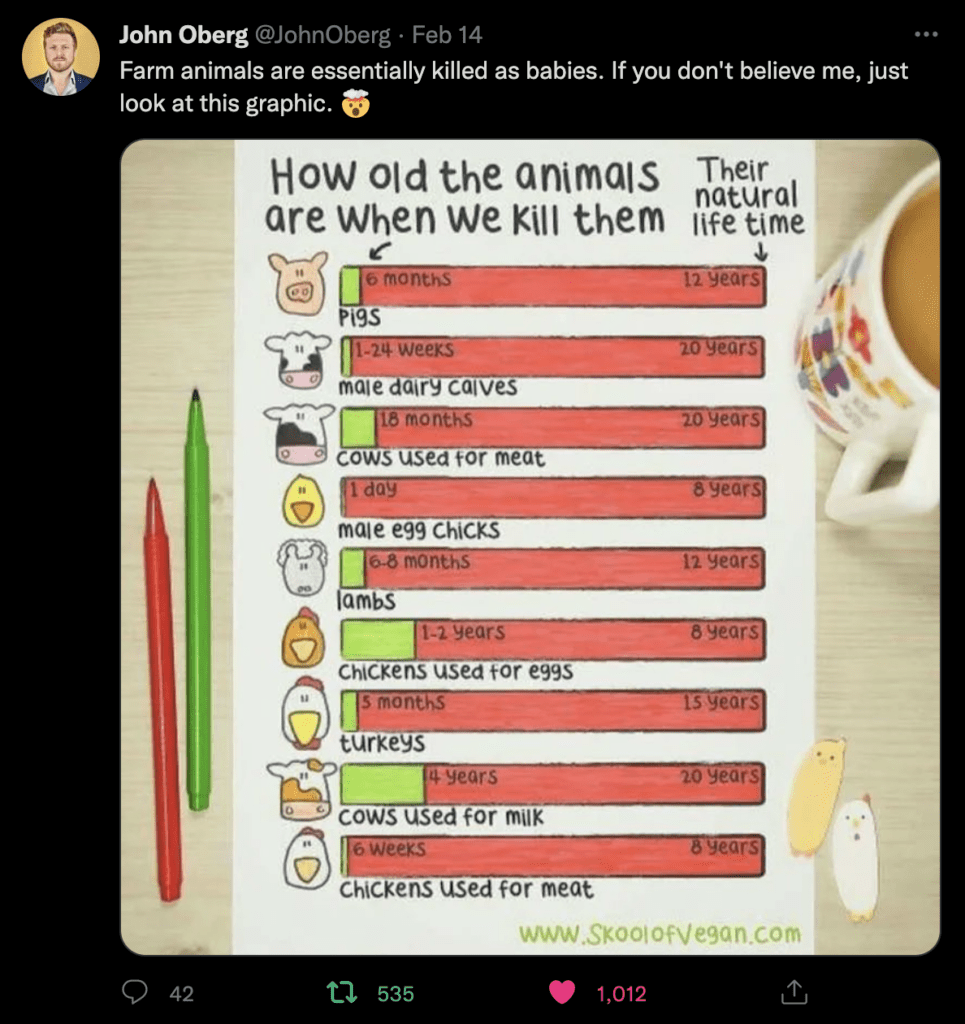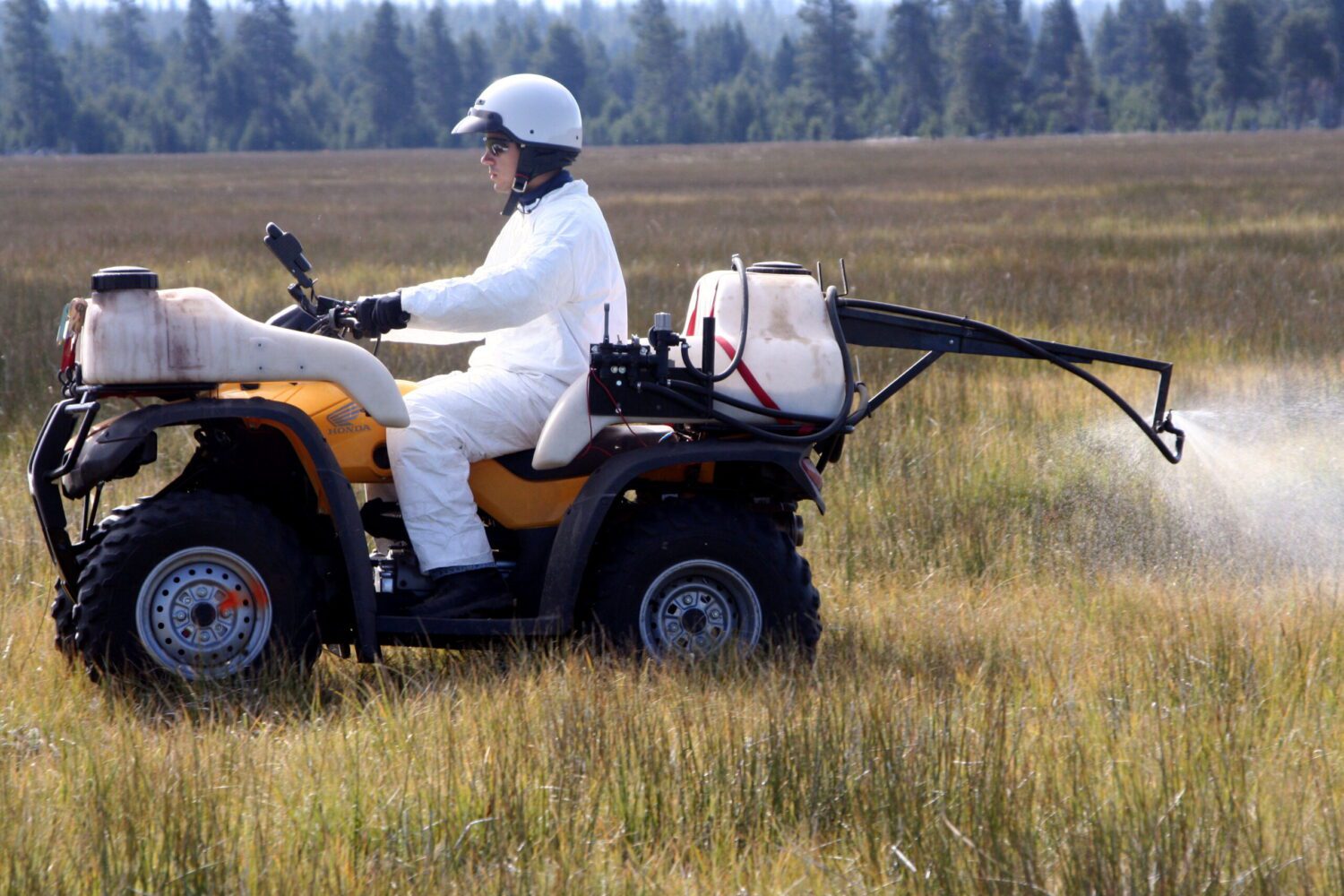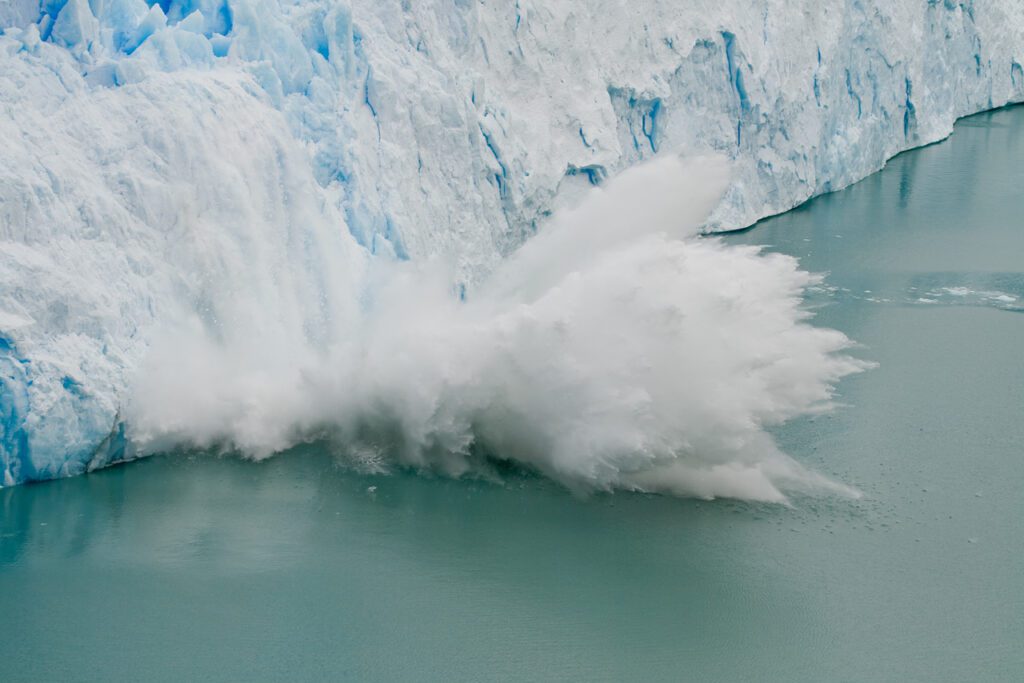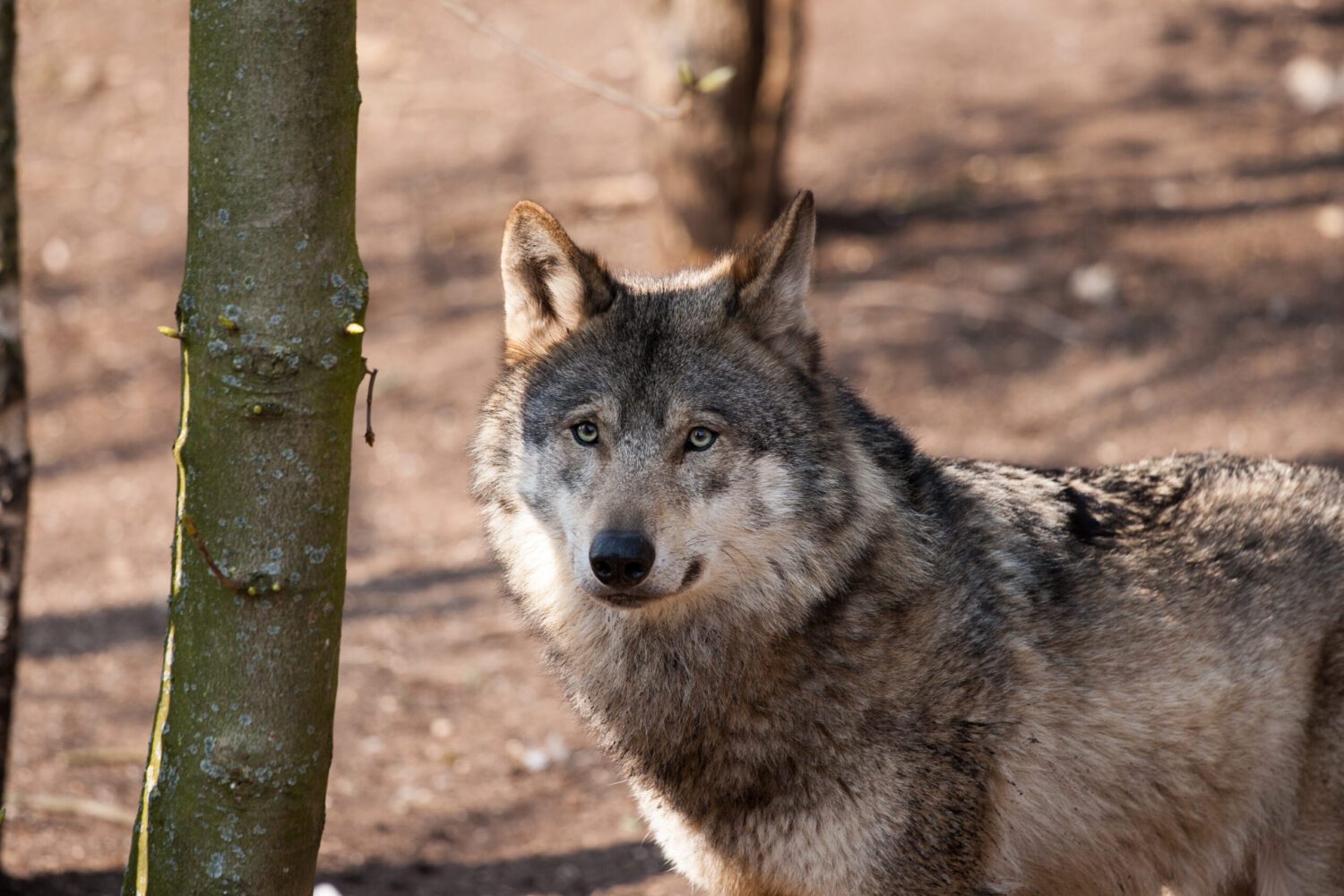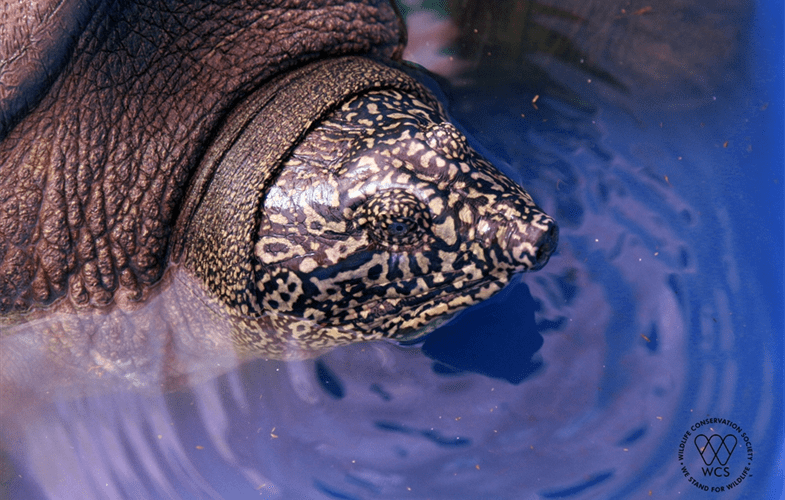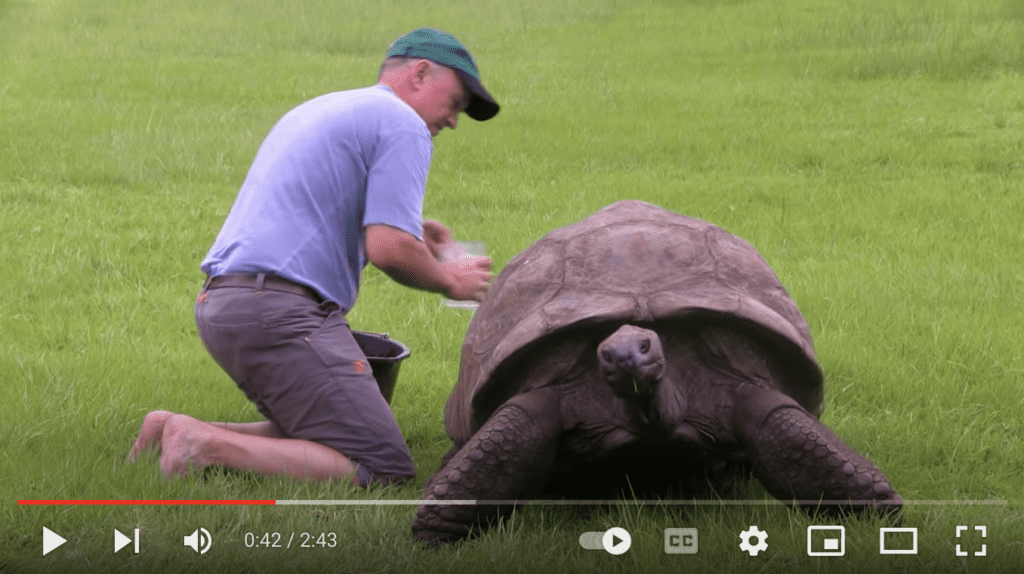


When it comes to maintaining energy flows, there is a closing window to avert both climate catastrophe and economic peril.
By Richard Heinberg, Independent Media Institute
10 min read
Similar to the two navigational hazards mythologized as sea monsters in ancient Greece—Scylla and Charybdis—which gave rise to sayings such as, “between the devil and the deep blue sea” and “between a rock and a hard place,” modern energy policy has its own Scylla and Charybdis. On the one hand is the requirement to maintain sufficient energy flows to avoid economic peril. On the other hand is the need to avert climate catastrophe resulting from such activities. Policymakers naturally want all the benefits of abundant energy with none of the attendant climate risks. But tough choices can no longer be put off.
Russia’s invasion of Ukraine and the West’s response of imposing sanctions on Russia are forcing a reckoning as far as global energy policy is concerned. The International Energy Agency (IEA) forecasts that the ongoing war and the U.S. sanctions may together reduce Russian oil exports by at least 3 million barrels per day—more than 4 percent of global supplies, which is a huge chunk of the delicately balanced world energy market. Some energy analysts are forecasting that oil prices could spike up to $200 per barrel later this year, exacerbating inflation and triggering a global recession. We’re facing the biggest energy crisis in many decades, with supply chains seizing up and products made from or with oil and gas (notably fertilizers) suddenly becoming scarce and expensive. Scylla, therefore, calls out: “Drill more. Lift sanctions on Venezuela and Iran. Beg Saudi Arabia to increase output.” But if we go that route, we only deepen our dependency on fossil fuels, aggravating the climate monster Charybdis.
The IEA was created in the aftermath of the 1970s oil shocks to inform policymakers in times of energy supply crisis. The agency recently issued a 10-point emergency plan to reduce oil demand and help nations deal with looming shortages owing to Russia’s invasion of Ukraine. Its advice includes lowering speed limits, instituting car-free Sundays, encouraging working from home, and making public transport cheaper and more widely available.
All of these are good suggestions—and are very similar to what my colleagues and I have been advocating for nearly 20 years (some were even part of U.S. energy policy 50 years ago). Fossil fuel supply problems shouldn’t come as a surprise: we treat these fuels as though they were an inexhaustible birthright; but they are, of course, finite and depleting substances. We have extracted and burned the best of them first, leaving lower-quality and more polluting fuels for later—hence the recent turn toward fracked oil and gas and growing reliance on heavy crude from Venezuela and “tar sands” bitumen from Canada. Meanwhile, rather belatedly, it has gradually dawned on economists that these “unconventional” fuels typically require higher rates of investment and deliver lower profits to the energy industry, unless fuel prices rise to economy-crushing levels.
Indeed, it’s as though our leaders have worked overtime making sure we’re unprepared for an inevitable energy dilemma. We’ve neglected public transportation, and many Americans who are not part of the white-collar workforce have been pushed out from expensive cities to suburbs and beyond, with no alternative other than driving everywhere. While automakers have turned their focus to manufacturing electric vehicles (EVs), these still account for a small fraction of the car market, and most of today’s gas-guzzling cars will still be on the road a decade or two from now. Crucially, there are as yet only exploratory efforts underway to transition trucking and shipping—the mainstays of global supply chains—and find more sustainable alternatives. That creates a unique vulnerability: the current worldwide diesel shortage could hammer the economy even if the government and the energy industry somehow come up with enough gasoline to keep motorists cruising to jobs and shopping malls.
Then there’s the issue of the way fossil fuels are financed. They’re not treated as a depleting public good, but as a source of profit—with investors either easily enticed to plunge into a passing mania or spooked to flee the market. Just in the past decade, investors have gone from underwriting a rapid expansion of fracking (thereby incurring massive financial losses), to insisting on fiscal responsibility, while companies are now milking profits from high prices and buying back stocks to increase their wealth. Long-term energy security be damned.
Meanwhile, the climate monster stirs fitfully. With every passing year, we have seen worsening floods, fires and droughts; glaciers that supply water to billions of people melting; and trickles of climate refugees threatening to turn into rivers. As we continue to postpone reducing the amounts of fossil fuels we burn, the cuts that would be required in order to avert irreversible climate doom become almost impossibly severe. Our “carbon budget”—the amount of carbon we can burn without risking catastrophic global warming—will be “exhausted” in about eight years at current emission rates, but only a few serious analysts believe that it would be possible to fully replace fossil fuels with energy alternatives that soon.
We need coherent, bold federal policy—which must somehow survive the political minefield that is Washington, D.C., these days. Available policies could be mapped on a coordinate plane, with the horizontal x-axis representing actions that would be most transformative and the vertical y-axis showing what actions would be most politically feasible.
High on the y-axis are actions like those that the Biden administration just took, to release 1 million barrels a day of oil from the strategic petroleum reserve and to invoke the Defense Production Act to ramp up the production of minerals needed for the electric vehicle market. While politically feasible and likely popular, these efforts won’t be transformative.
An announcement by President Joe Biden of an ambitious energy-climate vision, with the goal of eliminating our dependence on foreign fuel sources and drastically reducing carbon emissions by the end of the decade, would probably fall somewhere in the middle, where the x- and y-axes meet. Such a vision would encompass a four-pronged effort being proposed by the government:
- Incentivizing massive conservation efforts, including “Heat Pumps for Peace and Freedom” and providing inducements for businesses to implement telework broadly.
- Directing domestic production of fossil fuels increasingly toward energy transition purposes (for example, making fossil fuel subsidies contingent on how businesses are growing the percentage of these fuels being used to build low-carbon infrastructure).
- Mandating massive investments in domestic production of renewables and other energy transition technologies (including incentives to recycle materials).
- Providing an “Energy Transition Tax Credit” to households or checks to offset energy inflation, with most of the benefits going to low-income households.
Ultimately, some form of fuel rationing may be inevitable, and it is time to start discussing that and planning for it (Germany has just taken the first steps toward gas rationing)—even though this would be firmly in the x-axis territory. Rationing just means directing scarce resources toward what’s vital versus what’s discretionary. We need energy for food, critical supply chains and hospitals; not so much for vacation travel and product packaging. When people first hear the word “rationing,” many of them recoil; but, as author Stan Cox details in his history of the subject, Any Way You Slice It, rationing has been used successfully for centuries as a way to manage scarcity and alleviate poverty. The U.S. SNAP (food stamp) program is essentially a rationing system, and all sorts of materials, including gasoline, were successfully rationed during both world wars. More than two decades ago, the late British economist David Fleming proposed a system for rationing fossil fuel consumption at the national level called Tradable Energy Quotas, or TEQs, which has been discussed and researched by the British government. The system could be used to cap and reduce fossil fuel usage, distribute energy fairly and incentivize energy conservation during our transition to alternative sources.
Also, we need to transform the ways we use energy—for example, in the food system, where a reduction in fossil fuel inputs could actually lead to healthier food and soil. Over the past century or so, fossil fuels provided so much energy, and so cheaply, that humanity developed the habit of solving any problem that came along by simply utilizing more energy as a solution. Want to move people or goods faster? Just build more kerosene-burning jet planes, runways and airports. Need to defeat diseases? Just use fossil fuels to make and distribute disinfectants, antibiotics and pharmaceuticals. In a multitude of ways, we used the blunt instrument of cheap energy to bludgeon nature into conforming with our wishes. The side effects were sometimes worrisome—air and water petrochemical pollution, antibiotic-resistant microbes and ruined farm soils. But we confronted these problems with the same mindset and toolbox, using cheap energy to clean up industrial wastes, developing new antibiotics and growing food without soil. As the fossil fuel era comes to an end, the rules of the game will change. We’ll need to learn how to solve problems with ecological intelligence, mimicking and partnering with nature rather than suppressing and subverting her. High tech may continue to provide useful ways of manipulating and storing data; but, when it comes to moving and transforming physical goods and products, intelligently engineered low tech may offer better answers in the long run.
Further along the x-axis would be the daring action of nationalizing the fossil fuel industry. But at the very farthest end of the x-axis is the possibility of deliberately reining in economic growth. Policymakers typically want more growth so we can have more jobs, profits, returns on investment and tax revenues. But growing the economy (at least, the way we’ve been doing it for the past few decades) also means increasing resource extraction, pollution, land use and carbon emissions. There’s a debate among economists and scientists as to whether or not economic growth could proceed in a more sustainable way, but the general public is largely in the dark about that discussion. Only in its most recent report has the Intergovernmental Panel on Climate Change (IPCC) begun to probe the potential for “degrowth” policies to reduce carbon emissions. So far, the scorecard is easy to read: only in years of economic recession (such as in 2008 and in 2020) have carbon emissions declined. In years of economic expansion, emissions increased. Policymakers have held out the hope that if we build enough solar panels and wind turbines, these technologies will replace fossil fuels and we can have growth without emissions. Yet, in most years, the amount of increased energy usage due to economic growth has been greater than the amount of solar and wind power added to the overall energy mix, so these renewable sources ended up just supplementing, not displacing, fossil fuels. True, we could build turbines, panels and batteries faster; but, as long as overall energy usage is growing, we’re continually making the goal of reducing our reliance on fossil fuels harder to achieve.
Wouldn’t giving up growth mean steering perilously close to the Scylla of economic peril in order to avoid the Charybdis of climate doom? So far, we’ve been doing just the reverse, prizing growth while multiplying climate risks. Maybe it’s time to rethink those priorities. Post-growth economists have spent the last couple of decades enumerating the ways we could improve our quality of life while reducing our throughput of energy and materials. Policymakers must finally start to take these proposals seriously, or we will end up confronting the twin monsters—economy-crushing fossil fuel scarcity and devastating climate impacts—without prior planning and preparation.
It was always clear that we would eventually have to face the music with regard to our systemic economic dependency on depleting, polluting fossil fuels. We have delayed action, making both the economic challenge and the climate threat harder to manage. Our possible navigation channel between Scylla and Charybdis is now perilously narrow. If we wait much longer, this channel will vanish altogether.
###
Richard Heinberg is a senior fellow at the Post Carbon Institute and the author of Power: Limits and Prospects for Human Survival.
Take action…

Joe Biden could damage Putin badly—without having to ask Joe Manchin
“New technology—affordable and workable—means Europeans can heat their homes with electricity instead of gas. And if we wanted to we could—before next winter comes—help enormously in this task,” writes Bill McKibben.
“President Biden should immediately invoke the Defense Production Act to get American manufacturers to start producing electric heat pumps in quantity, so we can ship them to Europe where they can be installed in time to dramatically lessen Putin’s power. The most recent estimates from Europe I’ve seen is that the current electric grid could handle fifty million heat pumps. We’re not going to get that many over there in a year—but any large number hacks away at Putin’s power.”
Urge President Biden to invoke the Defense Protection Act now to immediately ramp up U.S. production of electric heat pumps.
Mark your calendars…
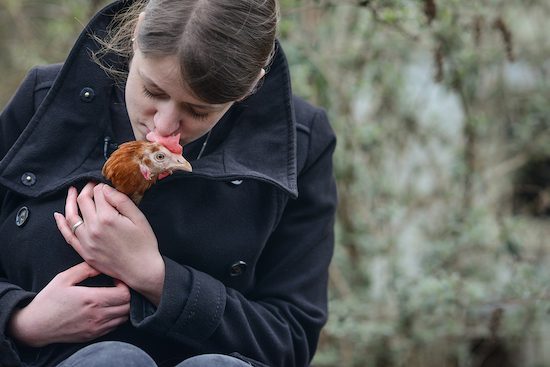
“To afford [a] chance for chickens to live a cage-free life along with their chicks, we should show compassion to chickens in May in honor of International Respect for Chickens Day, which falls on May 4, 2022. Most of all, we need to respect the lives of chickens beyond this day by ensuring that chickens are treated humanely, and by making better food choices, which involves a shift away from a meat-based diet toward a plant-based diet.
—EFL contributor Karen Davis, “On International Respect for Chickens Day, Try Thinking About Them Differently” (CounterPunch, April 29, 2022)
Cause for concern…
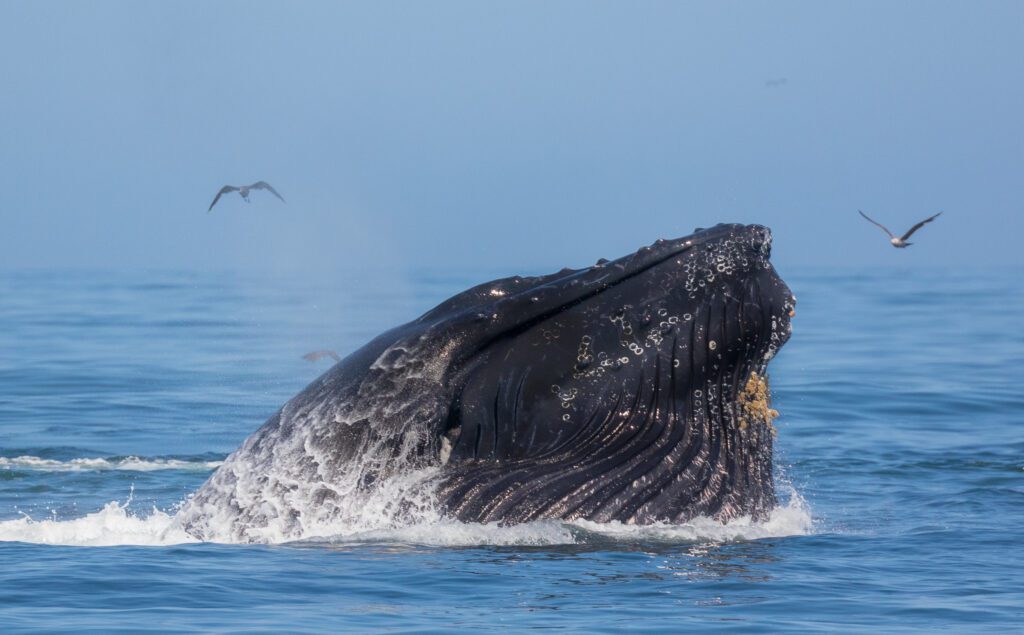
Without climate action, humans on target to cause mass extinction event
“Earth’s oceans are warmer than they were a century ago, sea levels are rising, and ocean waters are more acidic than they used to be, all because of human-created climate change. Global temperatures are expected rise even further in the coming decades, leaving researchers to wonder how these alterations will affect life on Earth—and especially in the seas. But the oceans have been through major crises before—including at least five mass extinctions—and those events in the deep past can help outline what might happen in our near future.
“To better understand what trends to expect, Princeton University oceanographers Justin Penn and Curtis Deutsch applied a scientific model used to predict the extent of a past mass extinction to estimate the consequences of current global warming. Their research, published today in Science, warns that failing to reduce fossil fuel emissions will set Earth’s oceans on track for a mass extinction within the next 300 years.”
—Riley Black, “Without Action on Climate, Another Mass Extinction Event Will Likely Happen in the World’s Oceans” (Smithsonian Magazine, April 28, 2022)
Round of applause…
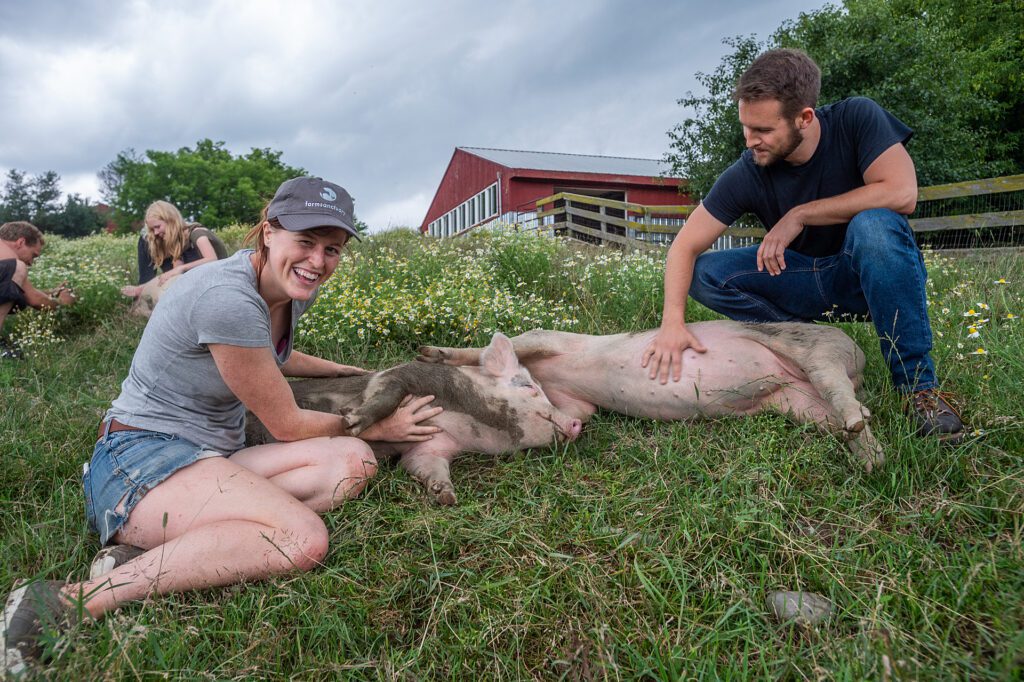
From our friends at All-Creatures:
What to Eat When You Don’t Eat Animals
Menus and ideas to inspire people who want to eat as if life is precious.
This guide is for you if…
- You are an animal lover and therefore want to eat in a way that respects all animals
- You want to eat delicious, nurturing, inexpensive, healthy meals that are easy to prepare
- You’ve always wondered, “What do vegans eat?”
- You are vegetarian or already cutting back on eating animal products, and you want to go vegan but you don’t know how
- You think that you’ll have to give up cheese, ice cream, and burgers if you go vegan (You will be amazed at all of the scrumptious vegan versions of everything!)
- You want to improve your health and well-being, as well as the health and well-being of your friends, your family, other humans, and all animals
- You want to do your part to end our climate catastrophe
- You are already vegan and always overjoyed to find more vegan goodies
- You want to make a consequential difference for our world with every bite
- To be clear, a vegan is someone who chooses not to participate in any form of animal abuse, exploitation, or slaughter, which includes abstaining from using, wearing, and consuming all animal products, such as dairy, eggs, honey, gelatin, wool, leather, silk, feathers, skin, and fur. Vegans avoid all forms of animal exploitation. Simply stated, veganism is not just about food: It is an ethical stance for total liberation of all creatures.
What to Eat When You Don’t Eat Animals (via All-Creatures)
Parting thought…
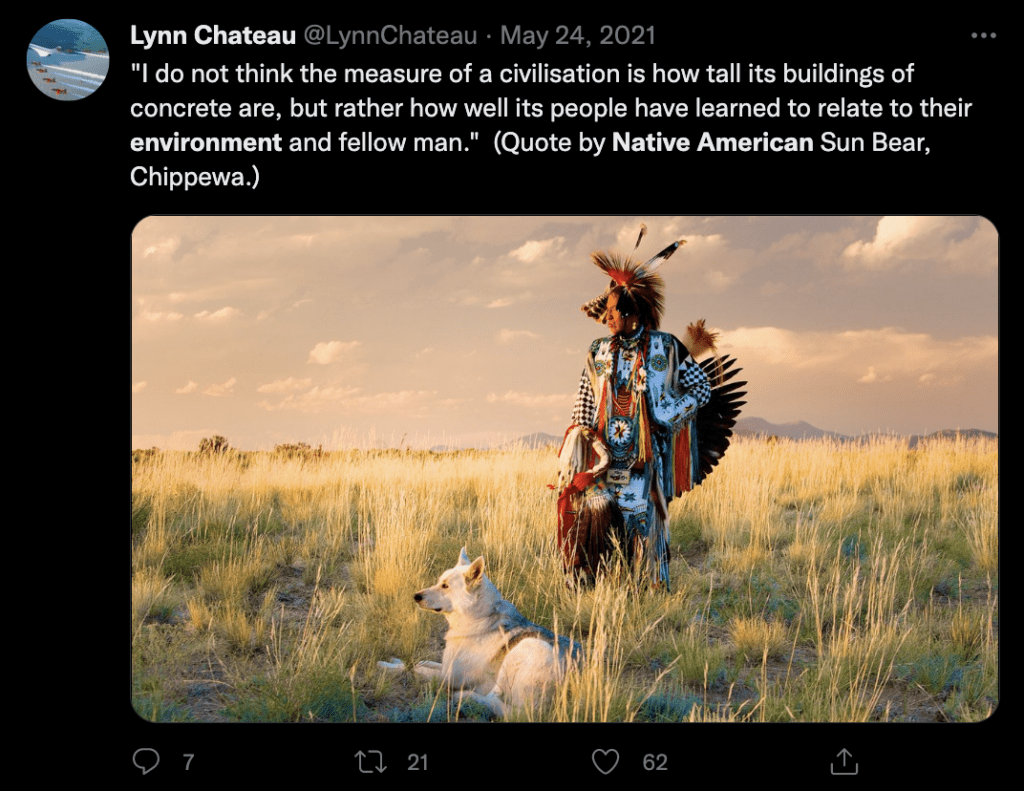
Earth | Food | Life (EFL) explores the critical and often interconnected issues facing the climate/environment, food/agriculture and nature/animal rights, and champions action; specifically, how responsible citizens, voters and consumers can help put society on an ethical path of sustainability that respects the rights of all species who call this planet home. EFL emphasizes the idea that everything is connected, so every decision matters.
Click here to support the work of EFL and the Independent Media Institute.
Questions, comments, suggestions, submissions? Contact EFL editor Reynard Loki at [email protected]. Follow EFL on Twitter @EarthFoodLife.

